New Zealand / Aotearoa – Let’s explore here

What’s it like in New Zealand?
New Zealand is a stunningly beautiful country. Although there are two main islands, there are also over 700 smaller islands! It’s an isolated country – before we visited, we thought that it was quite close to Australia – how wrong we were! Travelling directly from the UK to New Zealand in one go is not for the feint hearted. It’s no wonder that regular travellers take sleeping pills!
The population of New Zealand is around 5½ million people (2025), about ½ million of whom live in the metropolitan area of the small capital city, Wellington. By contrast, around 1¾ million live in the country’s most populous city, Auckland.
New Zealand is long and thin mainly, and lots of it has a climate and the looks of the UK. In the north of the North Island the sea is crystal clear and warm enough to swim in. In the South Island, the country becomes more mountainous, and colder. The highest point is Aoraki or Mount Cook, on the South Island, at 12,218 ft (3,724 m) above sea level.
The people are super friendly and it has the best coffee I’ve had. It also operates a digital nomad visa scheme that you may find interesting. What more could you ask for?!


A bit about the history of New Zealand
Early History and Settlement
New Zealand was first settled by the Māori people, who arrived from Eastern Polynesia in canoes around 1250–1300 AD. The Māori developed a distinct culture and social structure, with iwi (tribes) and hapū (subtribes) forming the basis of their society. They established villages, cultivated land and created a rich oral tradition, with Māori mythology and traditions being central to their identity.
European Discovery and Colonisation
The first European to reach New Zealand was Dutch explorer Abel Tasman in 1642. However, it was British explorer James Cook who extensively mapped the islands in 1769. Following Cook’s voyages, European settlers began arriving in the early 19th century, establishing trade relationships with the Māori. Missionaries also came to New Zealand, introducing Christianity and Western education.
British Colonization and Early Conflicts
In 1840, the Treaty of Waitangi was signed between the British Crown and various Māori chiefs. This treaty aimed to establish a legal framework for British settlers while recognising Māori land rights. However, disputes over land ownership and the terms of the treaty led to conflicts, known as the New Zealand Wars, between Māori and British forces in the mid 1800s. Despite these conflicts, New Zealand became a British colony in 1841.
Path to Self-Government and Dominion Status
In the late 19th century, New Zealand began to move toward self governance. The colony gained responsible government in 1856, allowing local politicians more control over internal affairs. In 1907, New Zealand was granted Dominion status within the British Empire, giving it greater autonomy while still recognising the British monarch as the head of state.
World War Participation and Economic Change
New Zealand played a significant role in both World Wars, contributing troops to the British led efforts. The impact of the wars, particularly World War I, fostered a sense of national identity and pride. Following the wars, New Zealand’s economy underwent significant changes, including shifts from a reliance on agriculture to more diversified industries.
Move Toward Full Independence
In the 20th century, New Zealand gradually moved toward full independence. In 1947, the country adopted the Statute of Westminster, which gave New Zealand full control over its laws. The country became increasingly self reliant, and its foreign policy became more independent of British. In 1987, New Zealand officially became a nuclear free zone, further demonstrating its autonomy on the world stage.
Recent Developments
In the 21st century, New Zealand has become known for its progressive social policies, strong environmental protections, and active role in global organisations. The country has maintained a stable democracy, with a multi party system and regular elections. Its economy is based on exports, including dairy, agriculture and tourism, and it has become a popular destination for international migrants. New Zealand continues to navigate the complexities of its colonial past, including ongoing efforts to address Māori rights, land claims and social inequalities.


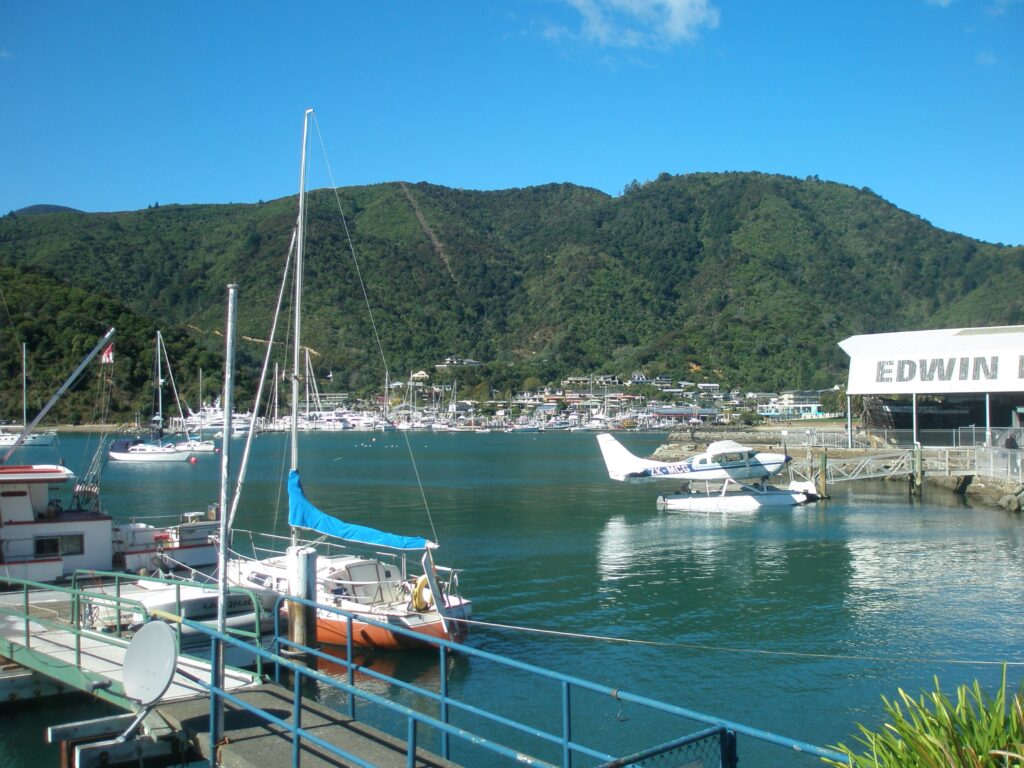
New Zealand road trip
On our last road trip through New Zealand, we arrived in Auckland and hired a car to travel around North Island and a camper van to explore South Island. We also took the Coastal Pacific train from Picton to Christchurch, which provides lovely view of the Kaikōura coastline.
Map of our road trip through New Zealand
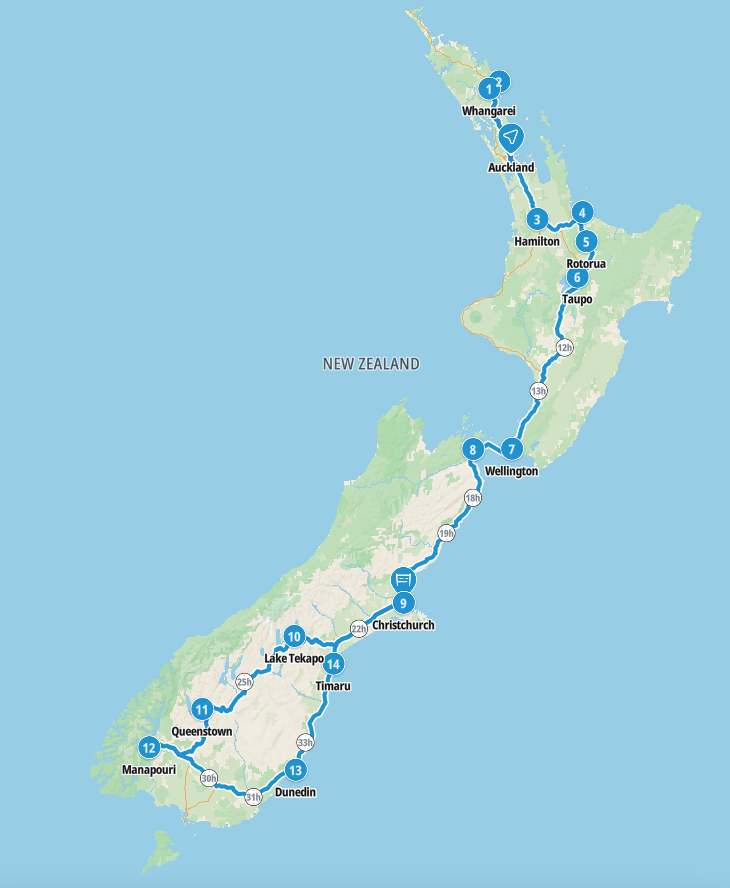
This is the route that we took through New Zealand on our travels:
Auckland – Whangarei – Tutukaka – Hamilton – Rotorua – Lake Taupo – Wellington – Picton – Christchurch – Lake Tekapo – Queenstown – Manapouri – Dunedin – Timaru – Christchurch – Auckland
Our favourite places in New Zealand
These are some of the best places that we explored on our road trip through New Zealand. We’ve put them in alphabetical order.
Auckland, North Island – Tāmaki Makaurau
Auckland is the largest city in New Zealand, housing almost 1½ million people (2023). Although it’s been a settlement since the 14th century, much of the city today is modern, having been built in the 20th century. Auckland is now a very multicultural city and is an absolutely excellent place to visit and stay in.

Victoria Street, Auckland
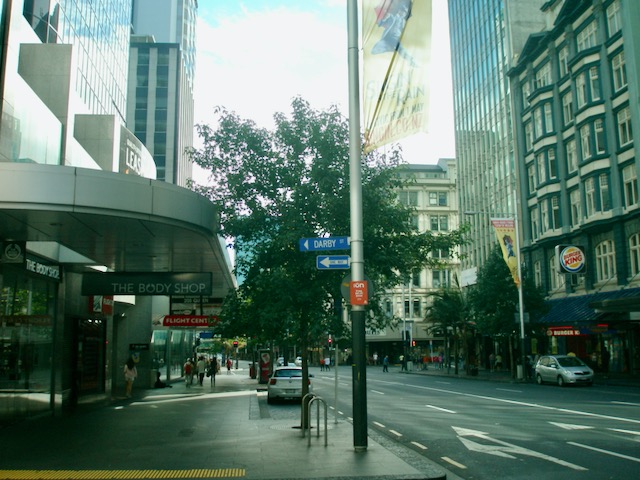
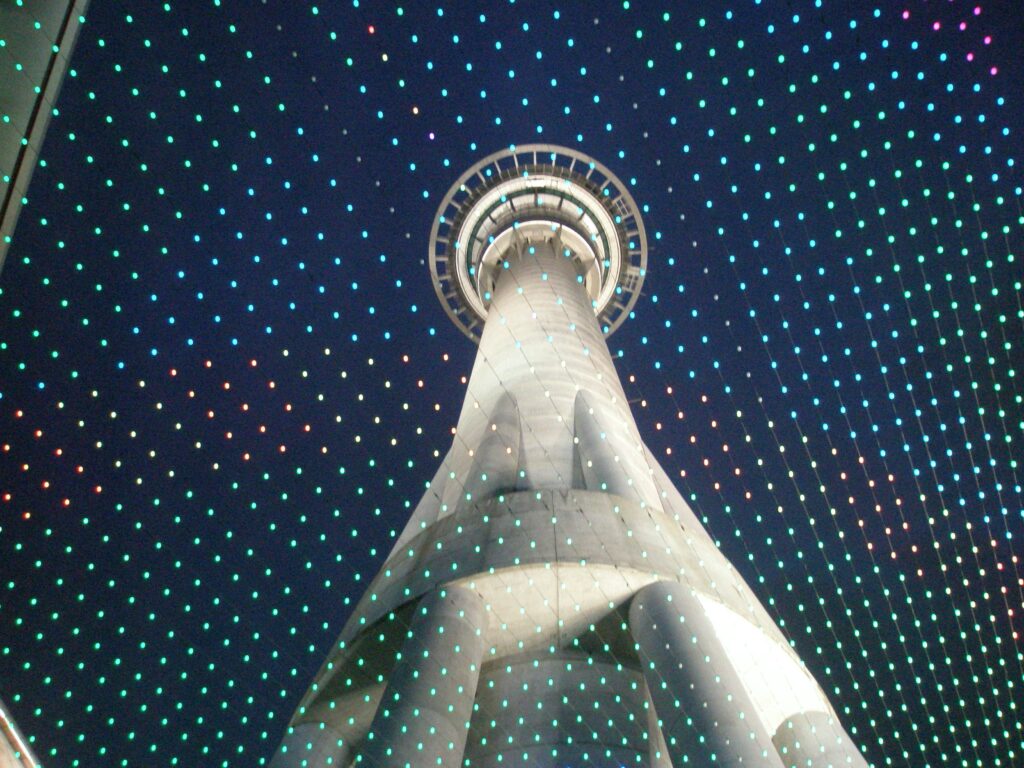
by neon lights, Auckland
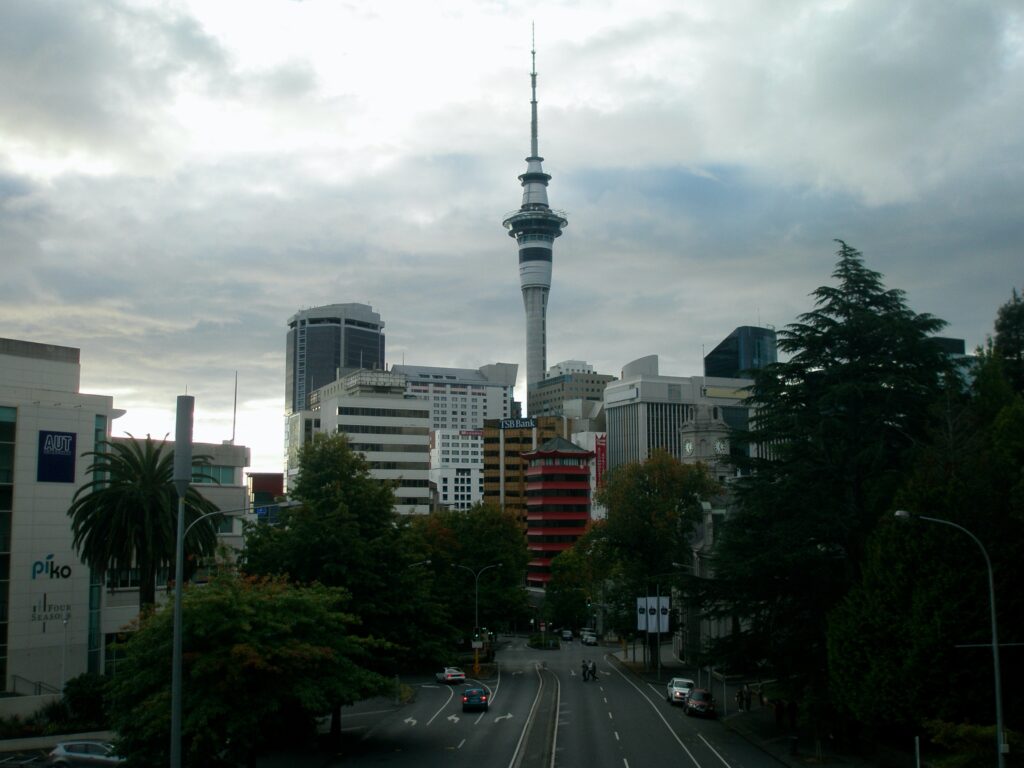
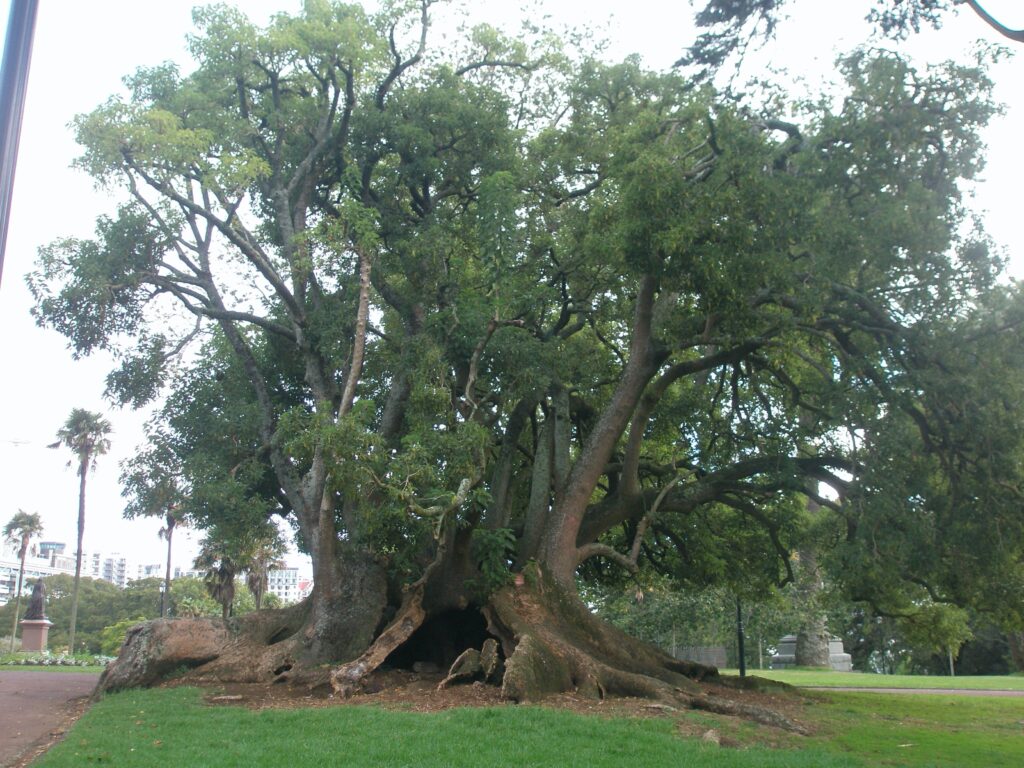
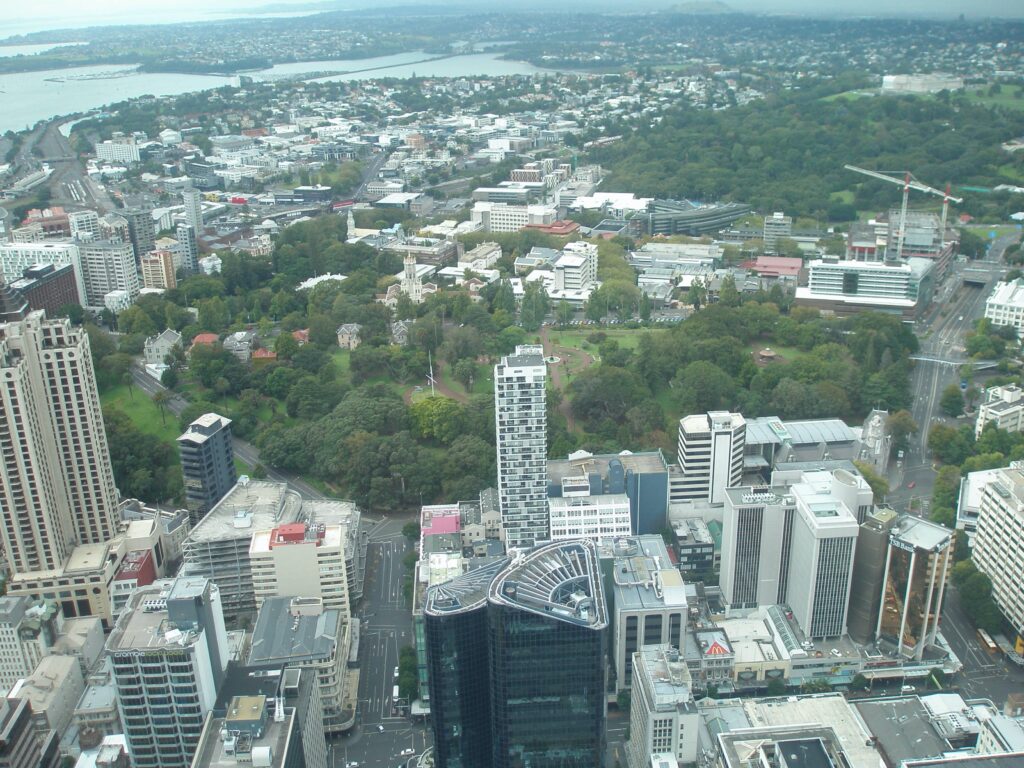
the top of Sky Tower

the top of Sky Tower
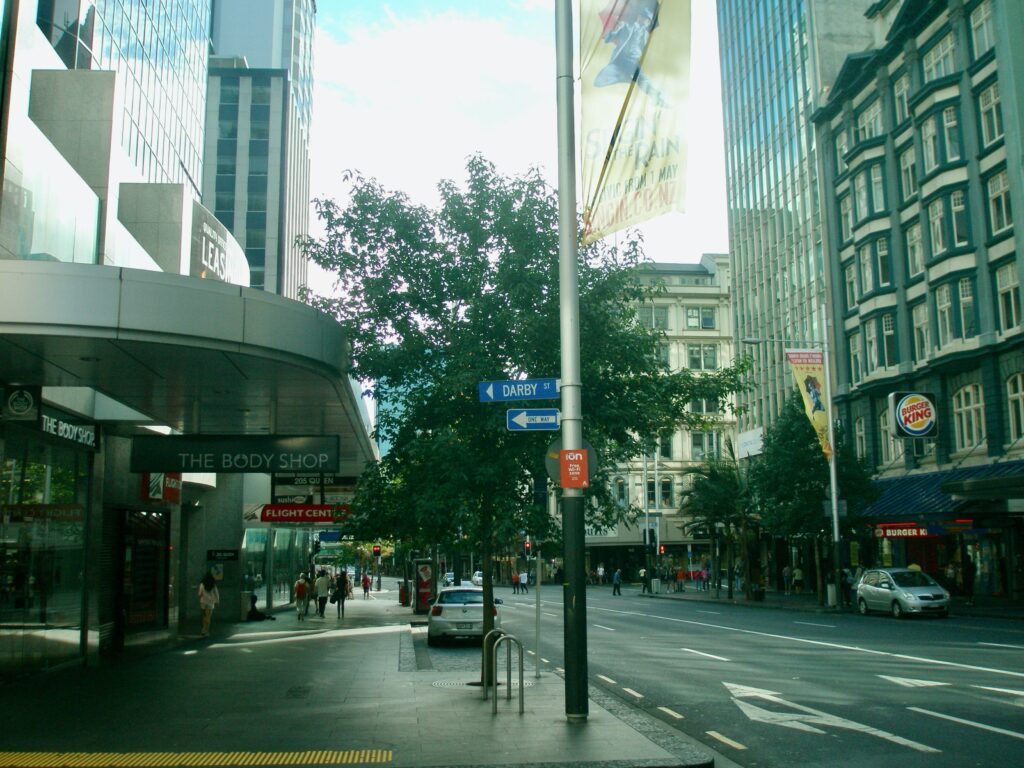
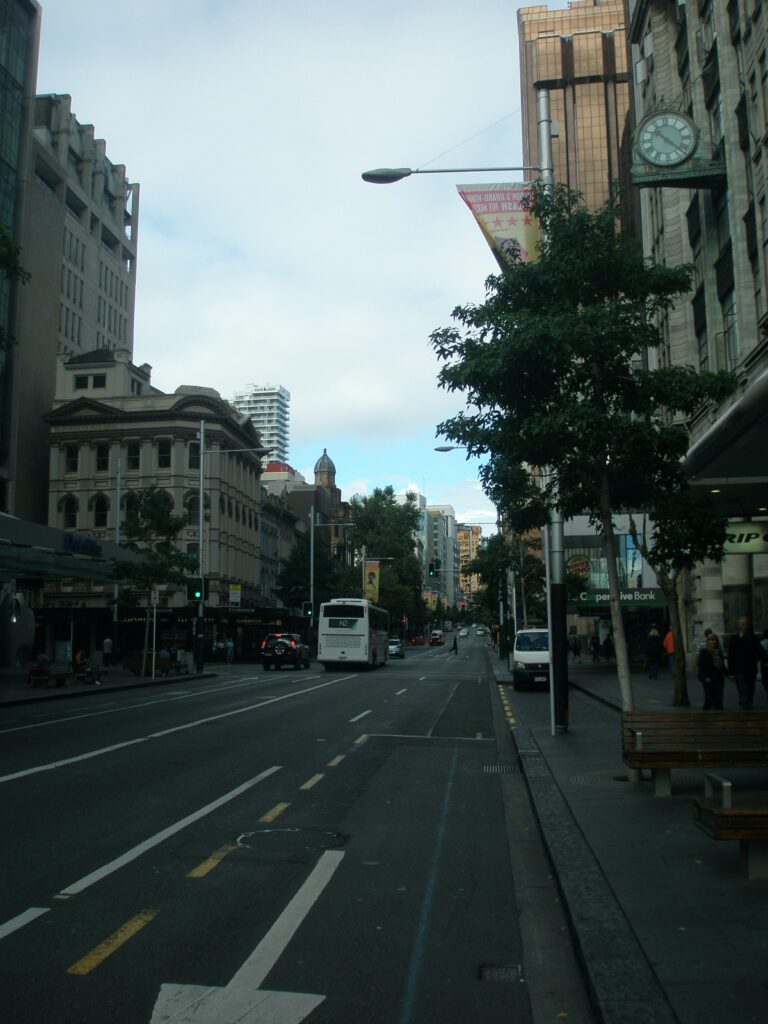
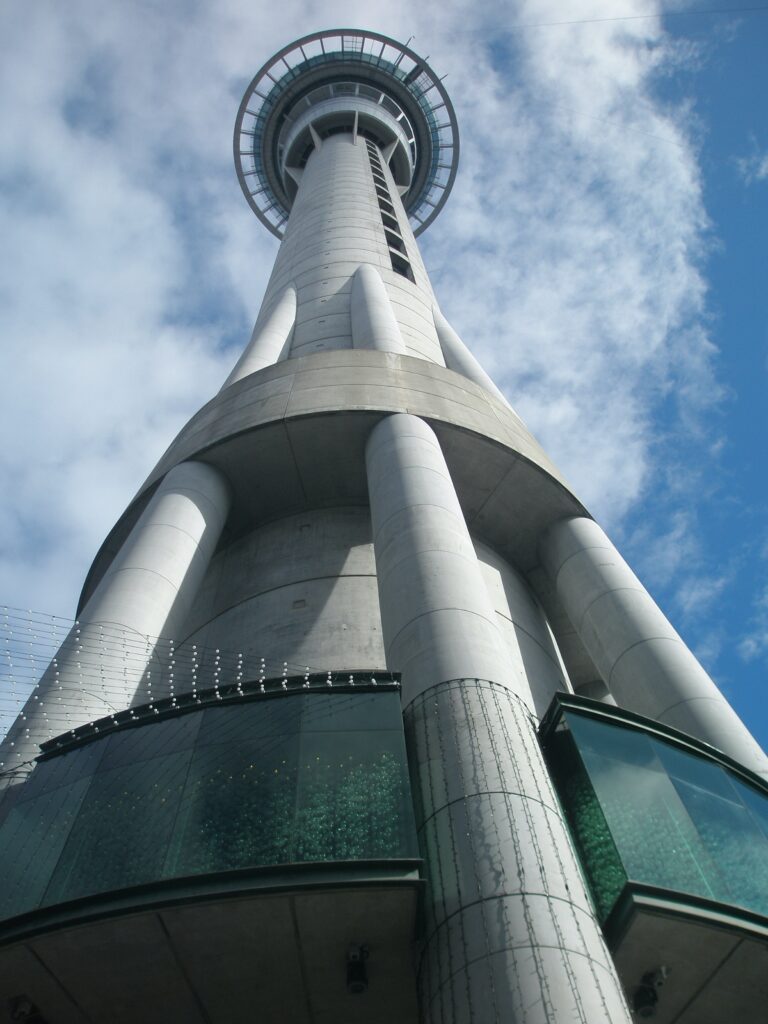

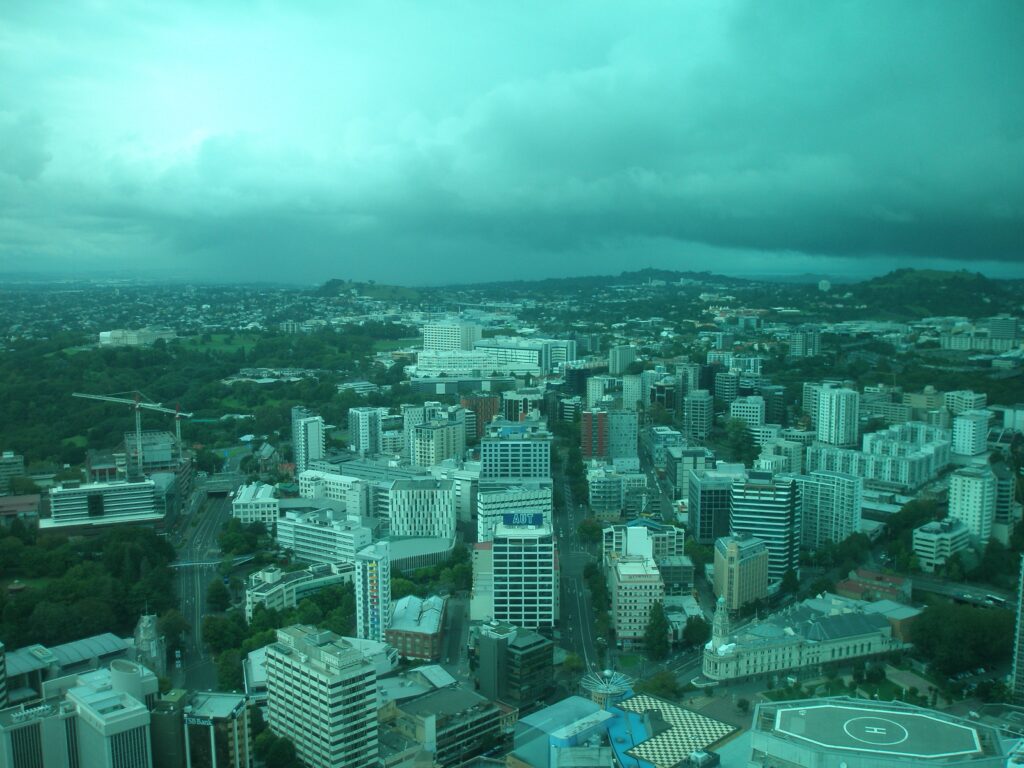
the top of Sky Tower
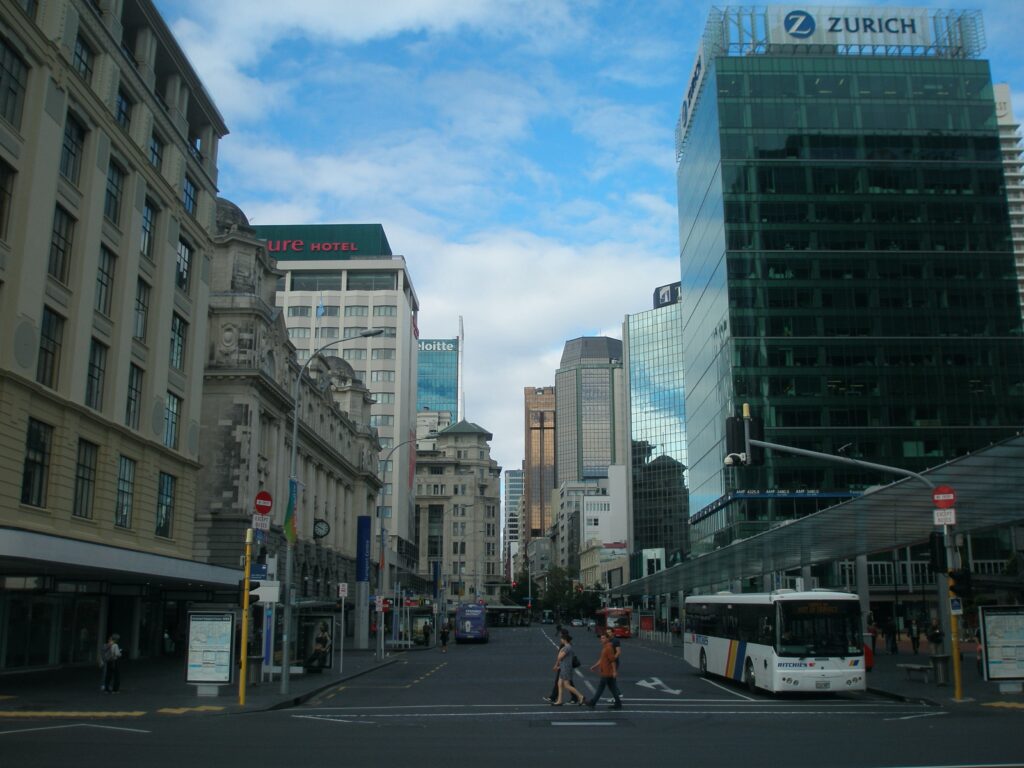

the top of Sky Tower
Christchurch – Ōtautahi
Christchurch is a pleasant city on the east coast in South Island. Due to the geology of the area it experiences many earthquakes, and when we visited the quakes had destroyed much of the city centre. This had led to many businesses setting up shop in shipping containers. That said, the people were incredibly positive about the future and were super friendly.
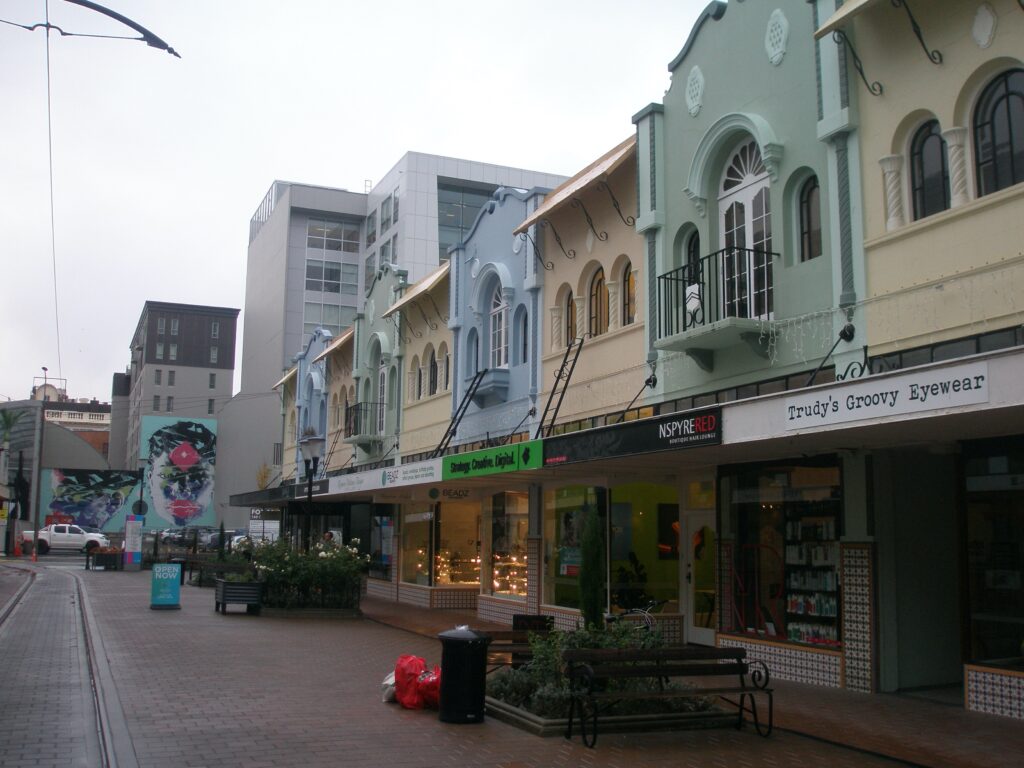
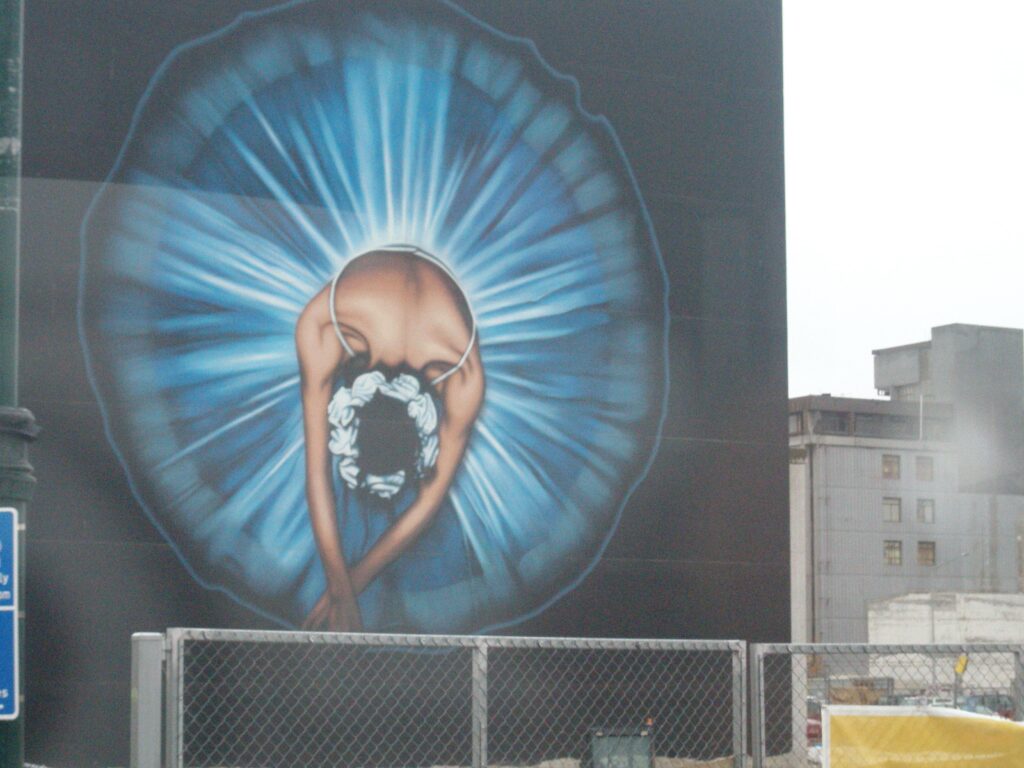
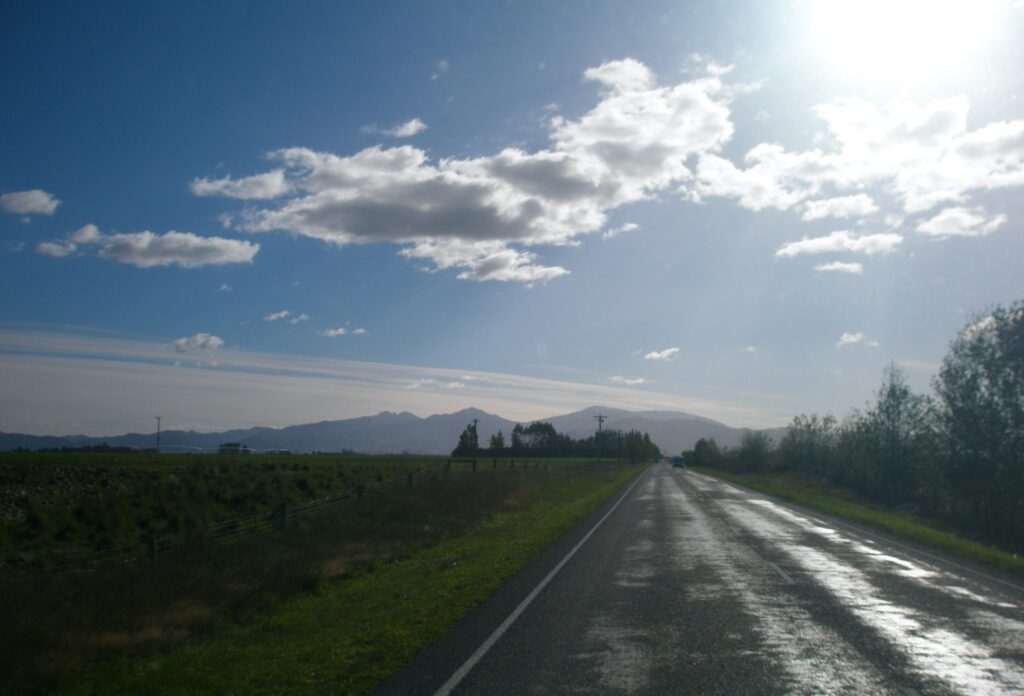
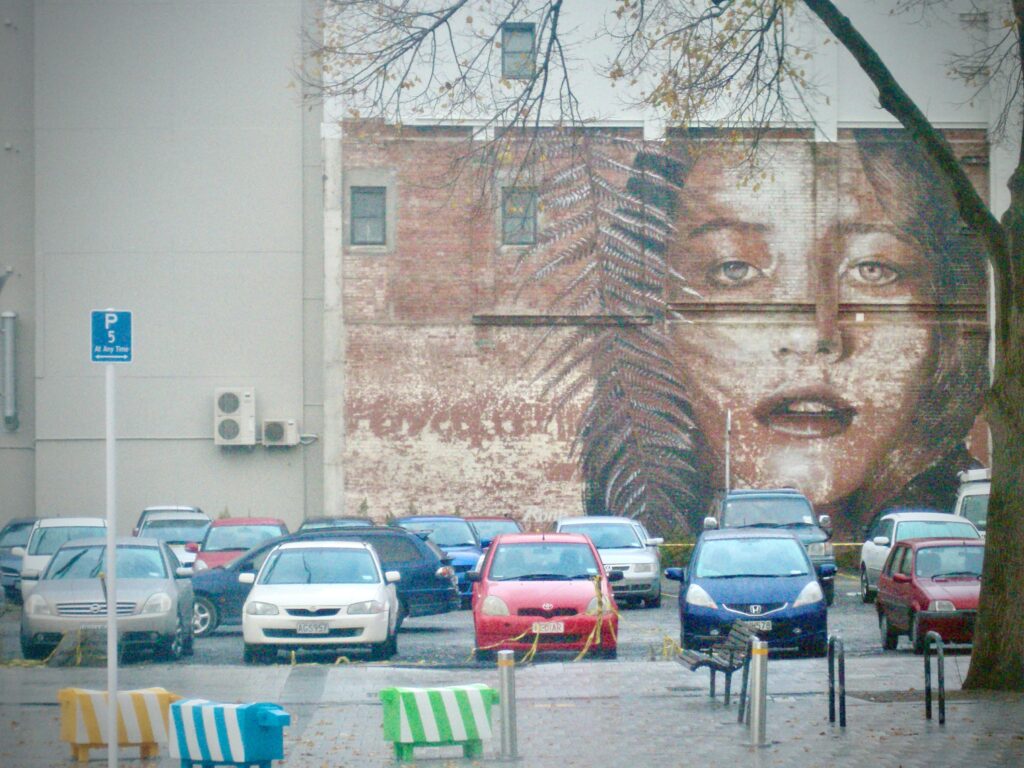
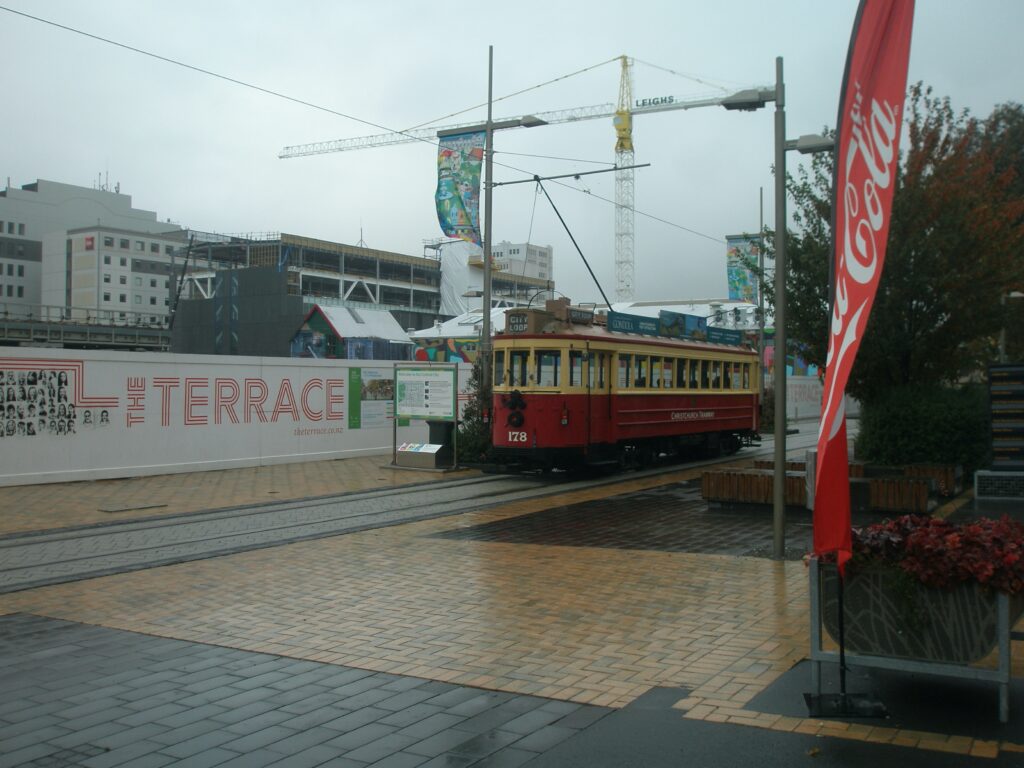
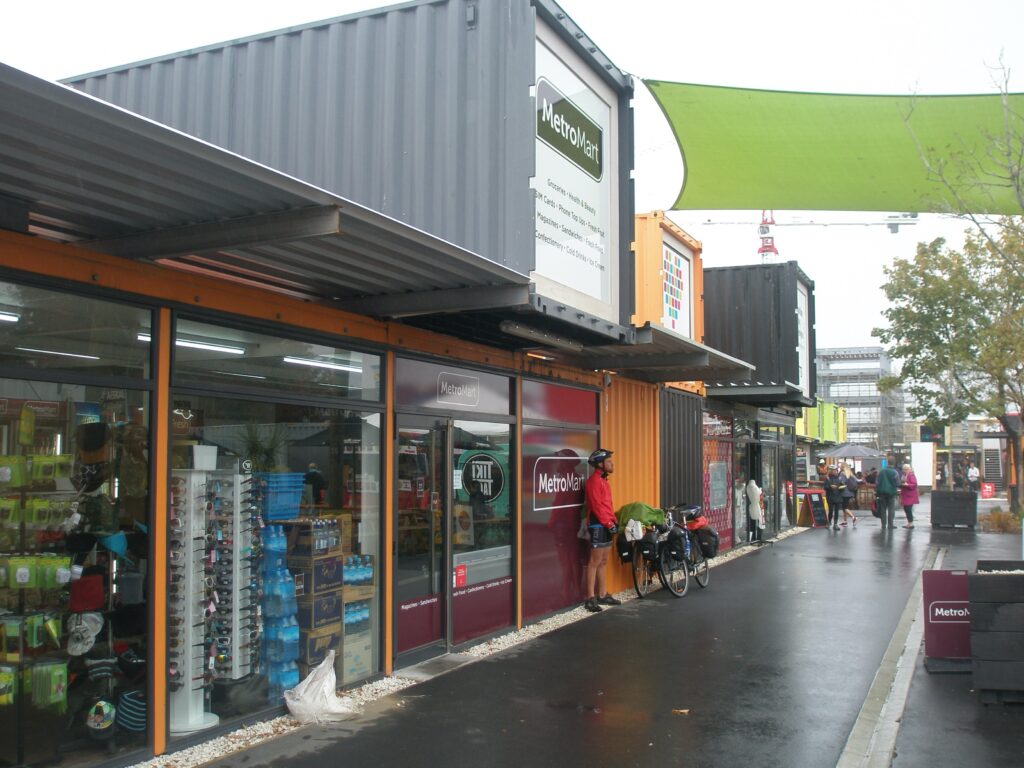
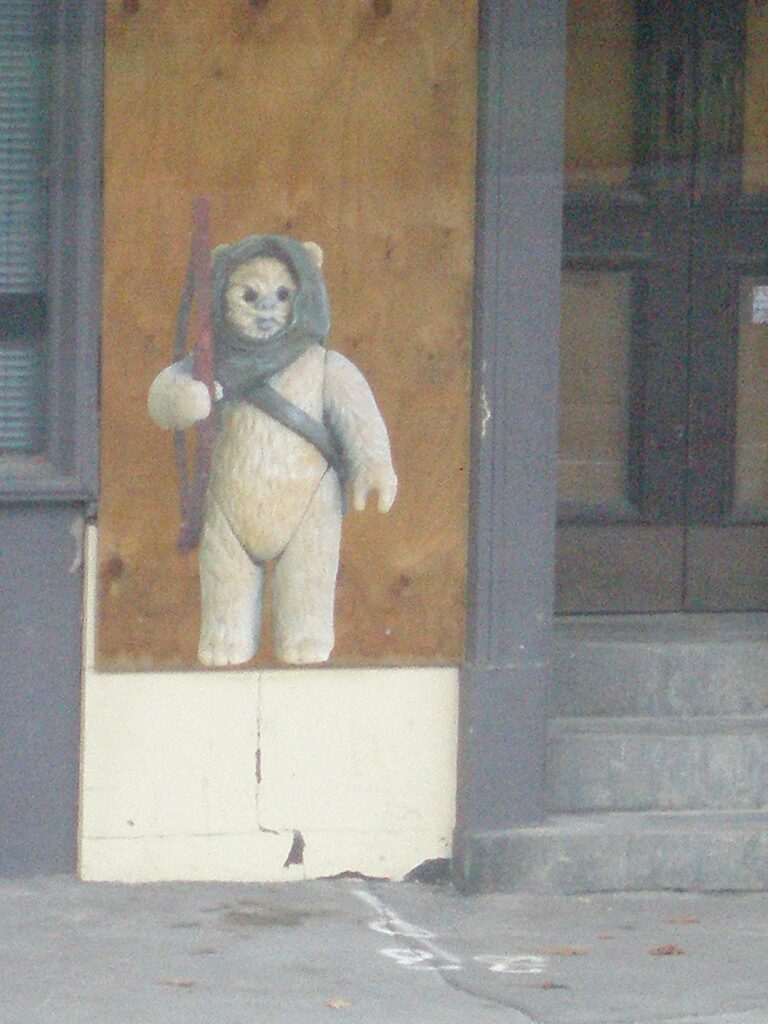
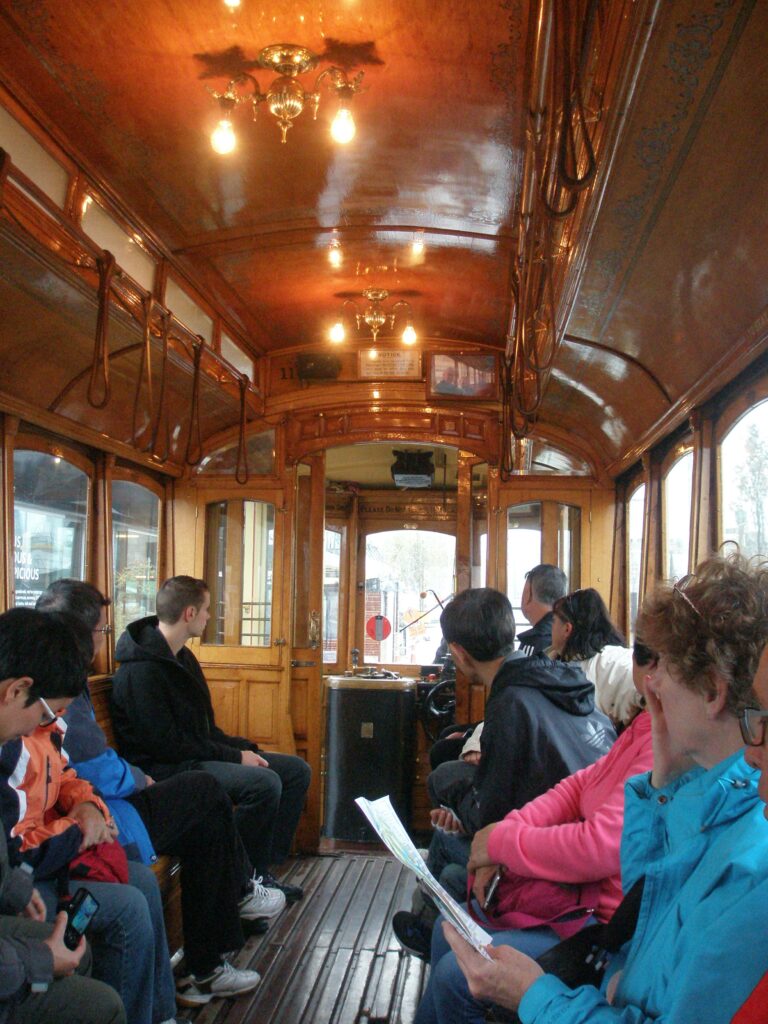

Dunedin – Ōtepoti
Dunedin is a lovely, small city on the coast in the south east of South Island. There are numerous almost empty beaches surrounding the town along the coastline, and the city itself houses two universities, and cafe culture is rife.
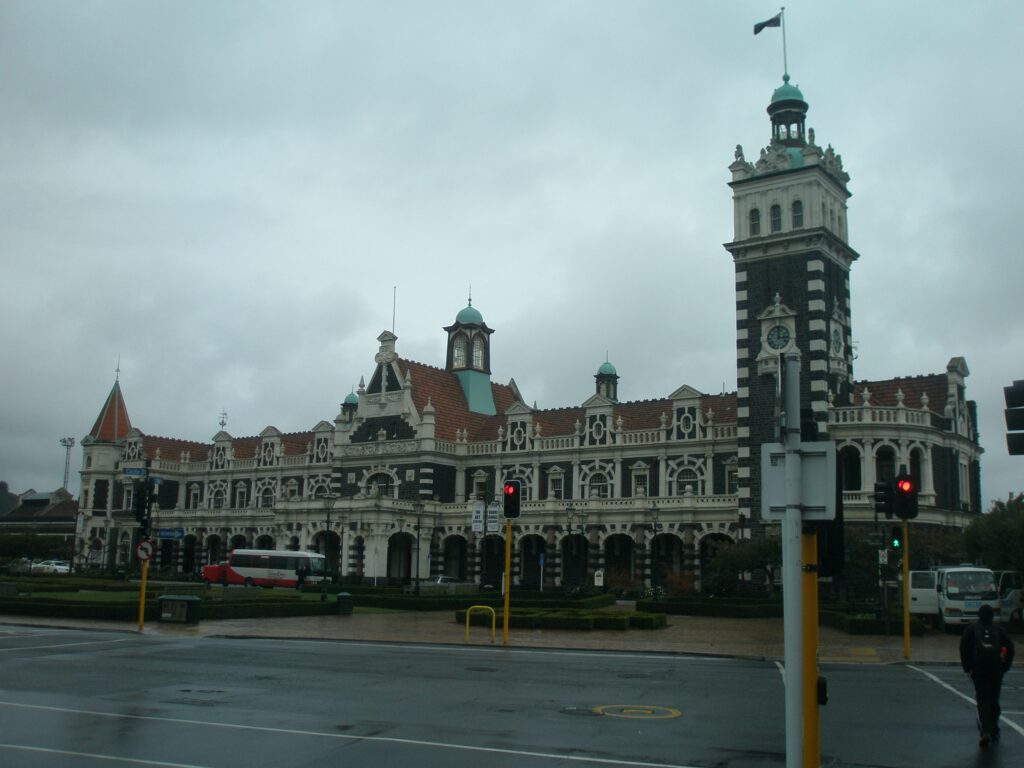
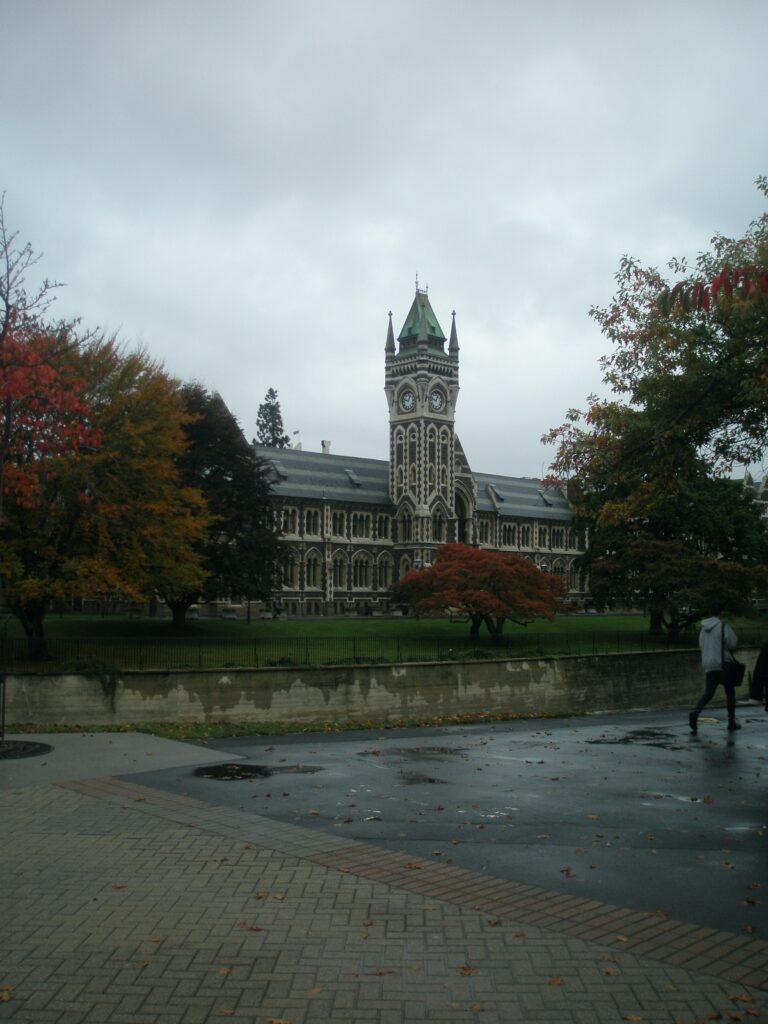
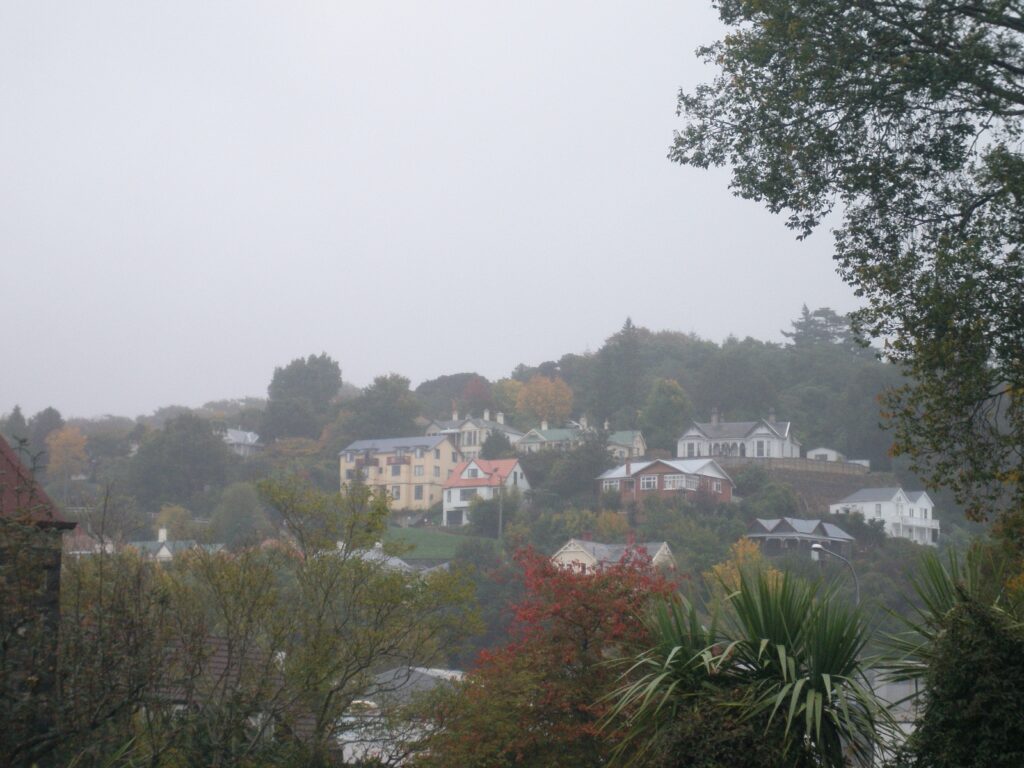
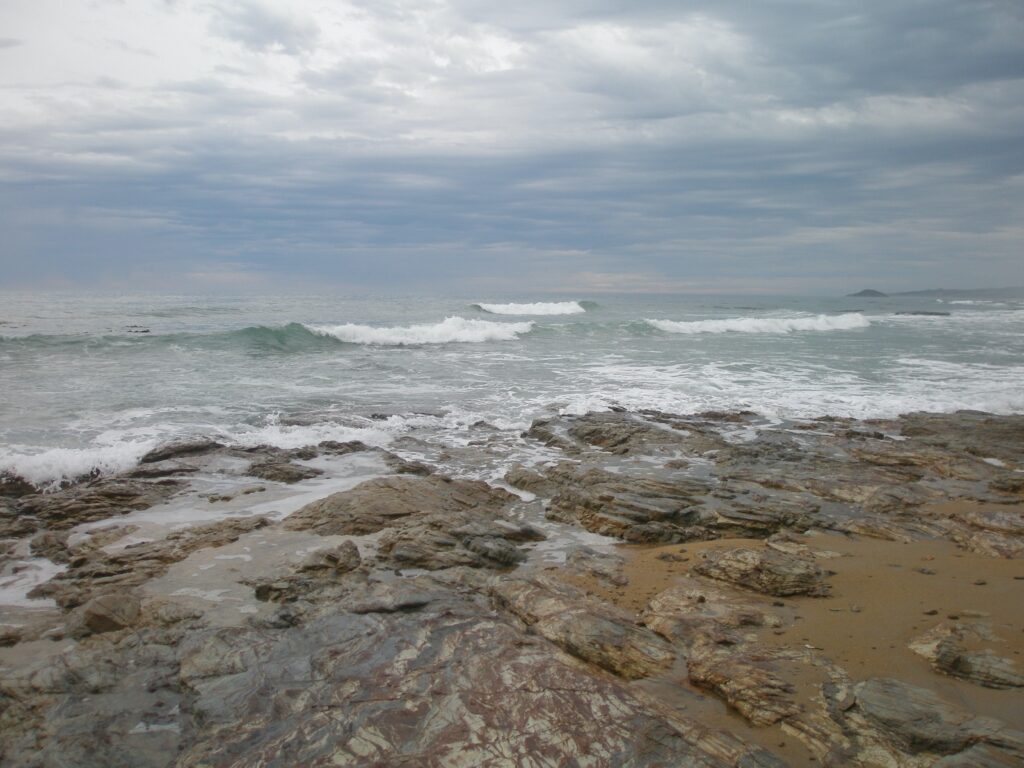
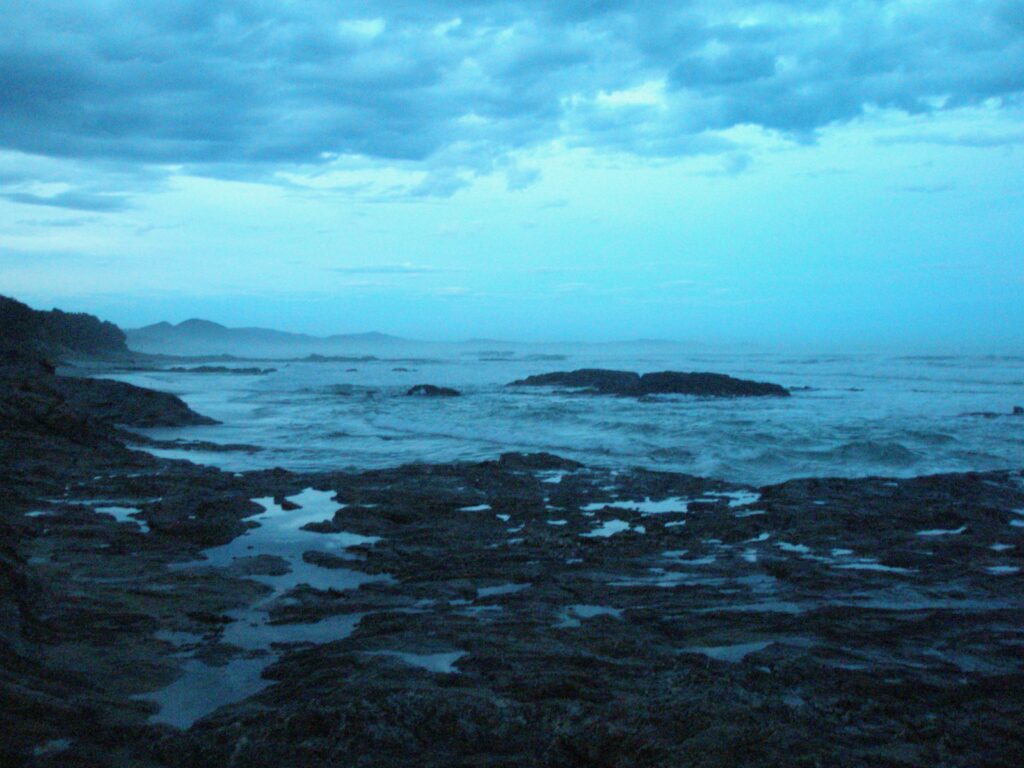
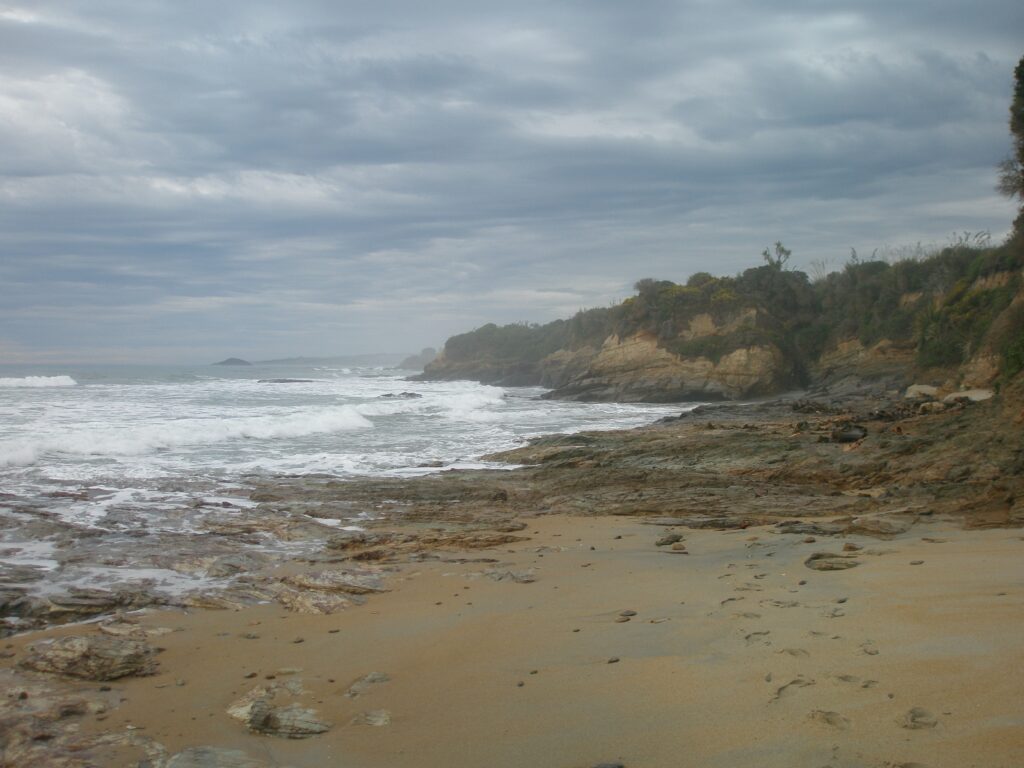
Lake Taupō – Taupō-nui-a-Tia
Lake Taupō is a stunning, large freshwater lake in the centre of North Island. The lake is about 29 miles (48km) long and 21 miles (33km) wide and was created when a volcano erupted. As a major tourist attraction, there are many hotels and resorts surrounding the lake.
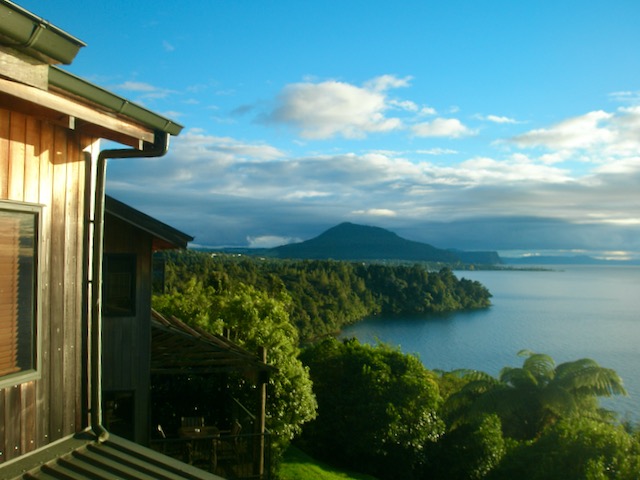

Lake Tekapo – Takapō
Lake Tekapo is a beautiful lake in the middle of South Island. The lake sits in the middle of the largest dark-sky reserve in the southern hemisphere, which enables fantastic star gazing at night time. It was also the coldest place that we stayed in New Zealand.
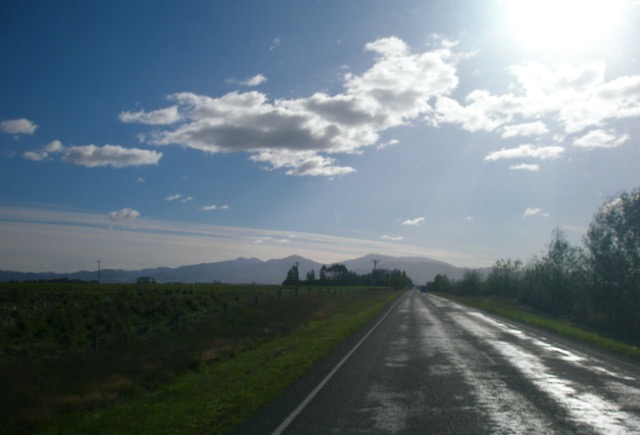

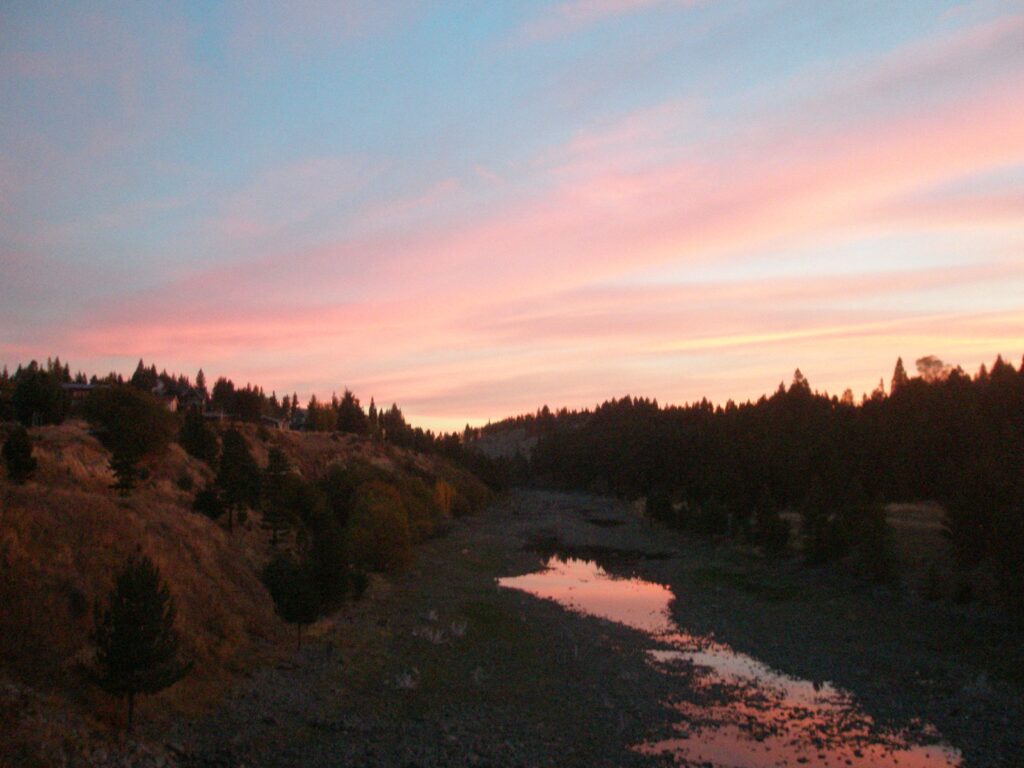
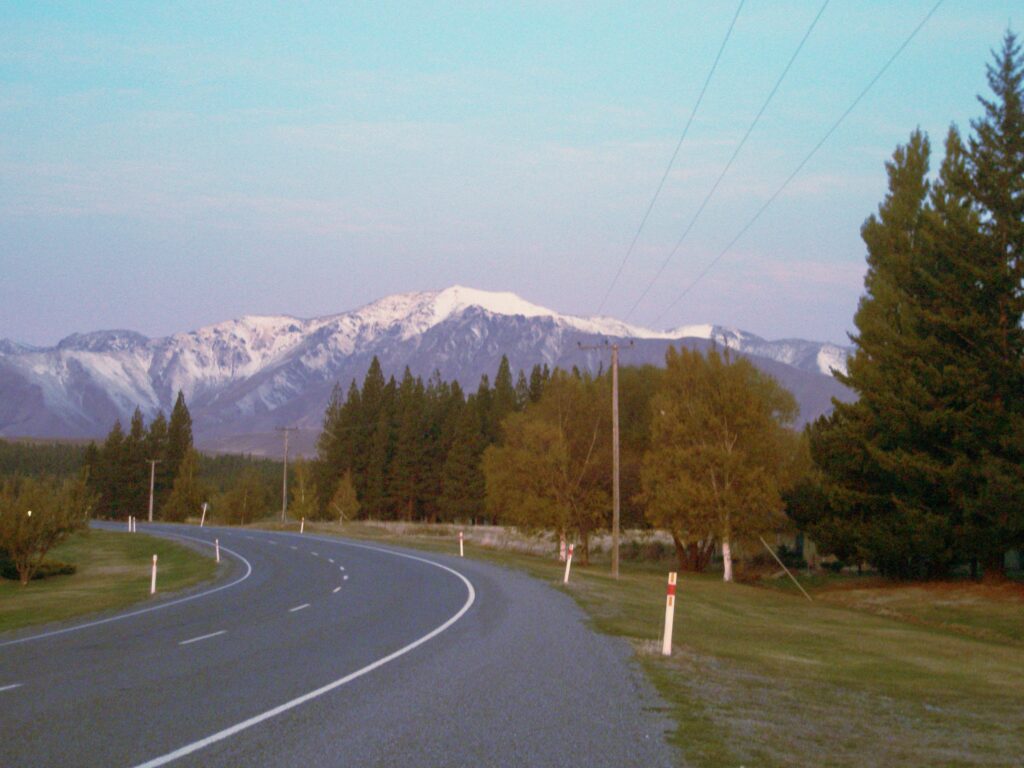

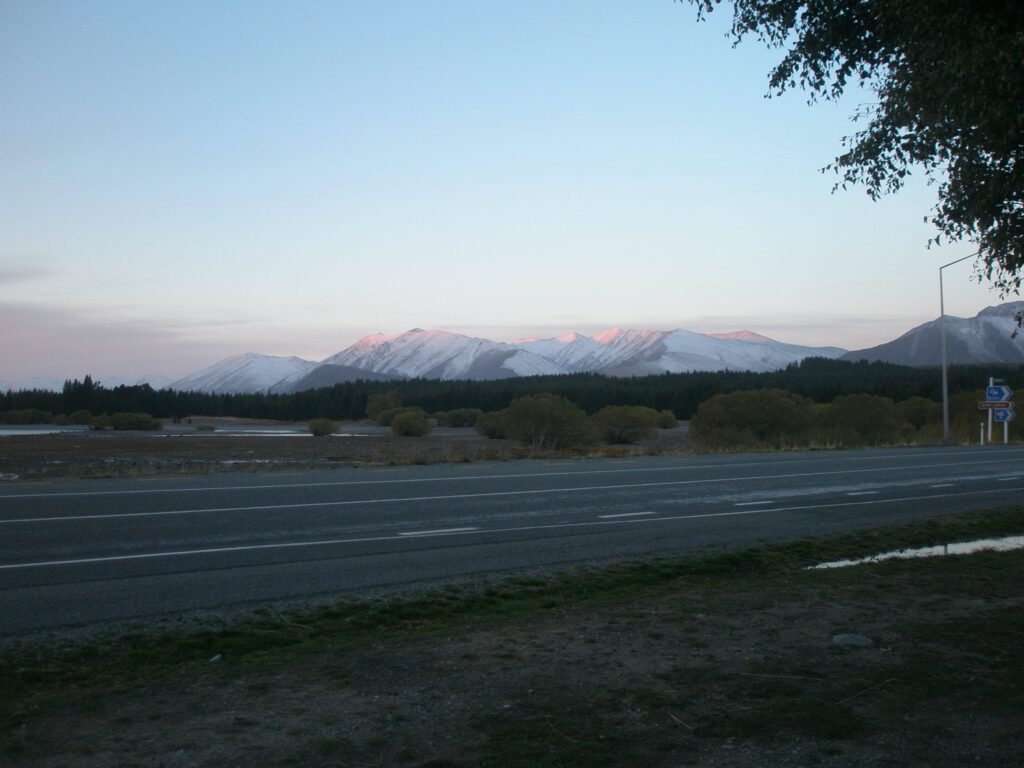

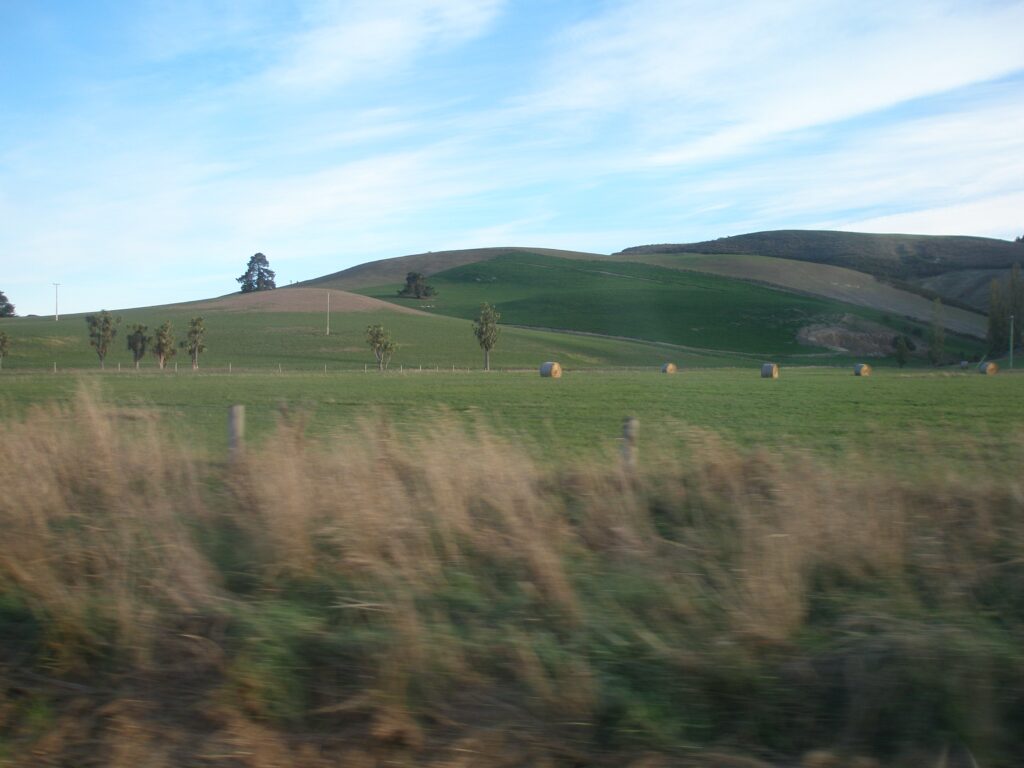
Manapouri
Manapouri is a small village in the south west of South Island overlooking Lake Manapouri. The village sits of the very edge of Fiordland National Park, home to glaciers and fjords, and the southern part of the Southern Alps mountain range.
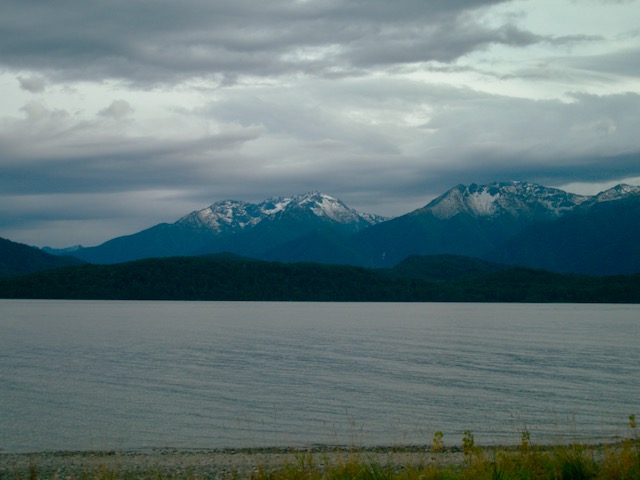
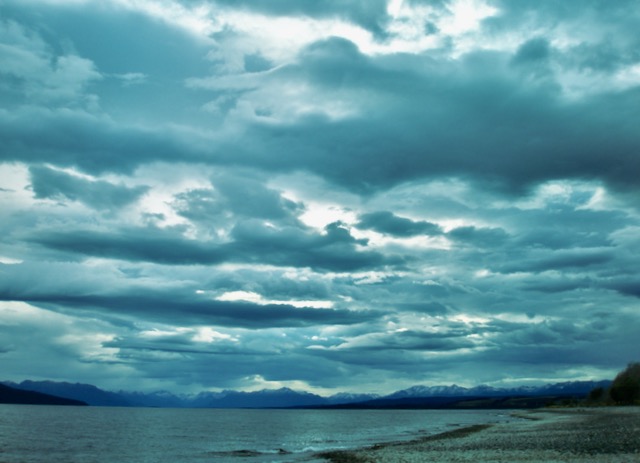
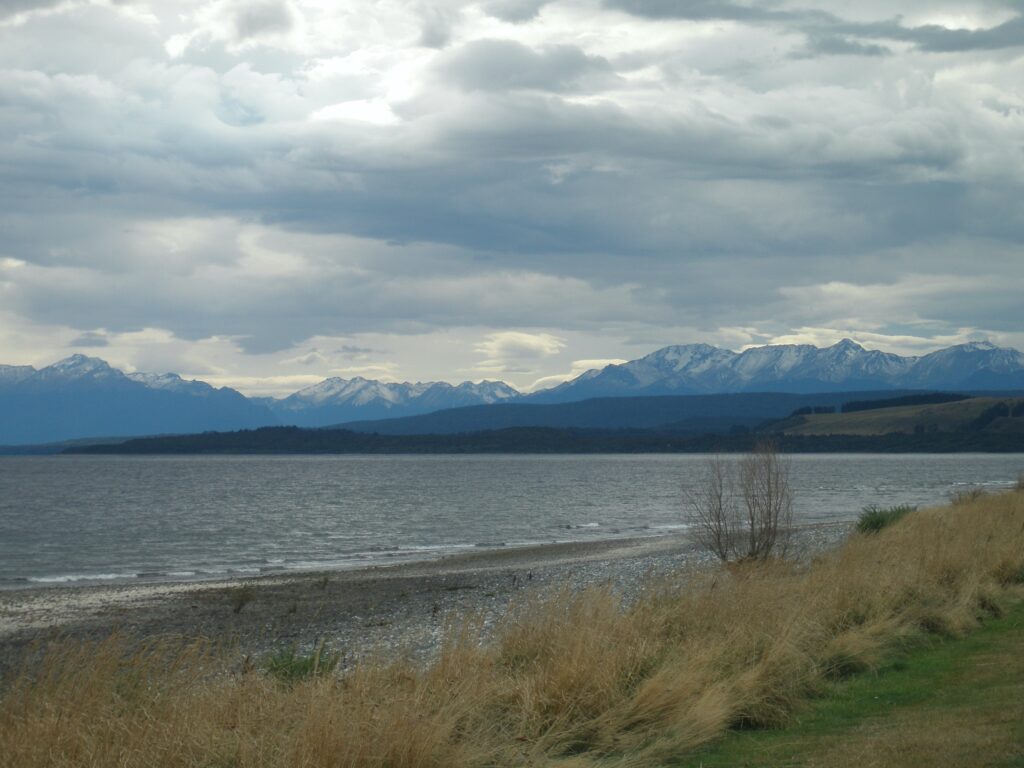
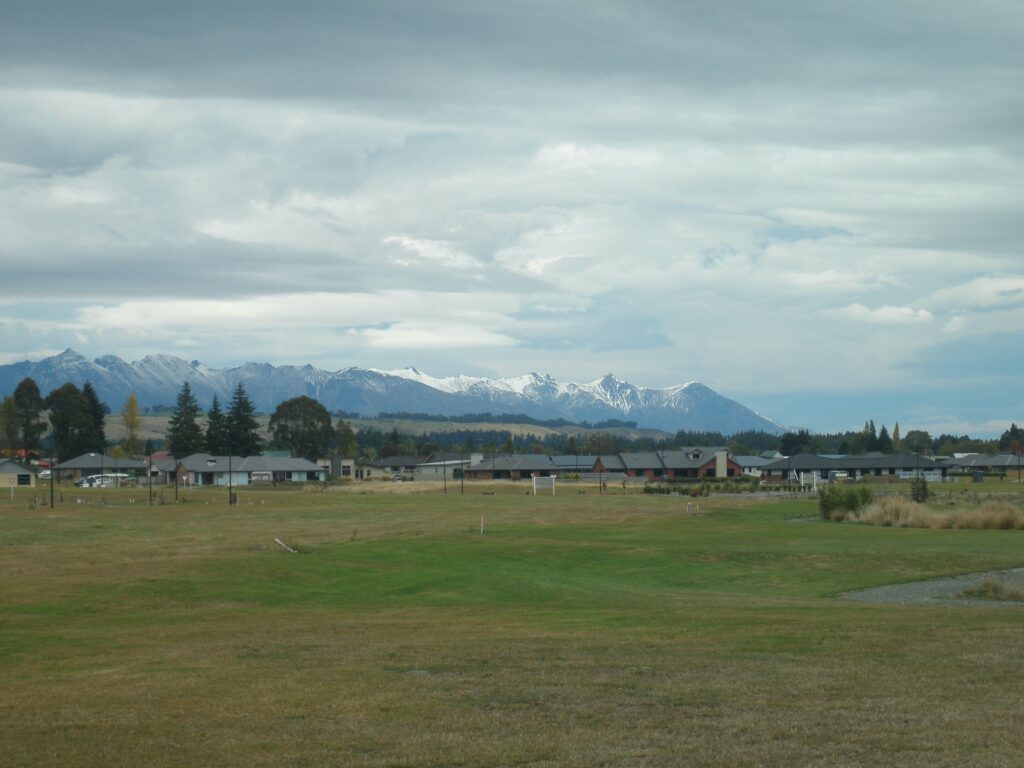


Picton – Waitohi
Picton is a small ferry port on the South Island connecting the South and North Islands. We found it to be a very relaxing , lazy place surrounded by lovely hills and small mountains. As well as being a port, it’s also home to the Coastal Pacific train which connects Picton to Christchurch, which is a train journey well worth going on, especially to see the seals further down the coast.


Rorotua – Te Rotorua-nui-a-Kahumatamomoe
Rorotua is located in the central north of North Island and is famous for its geysers and hot mud pools. The town sits within the Rotorua Caldera, which is what causes the thermal activity. It’s a great day out, and it smells 🙂



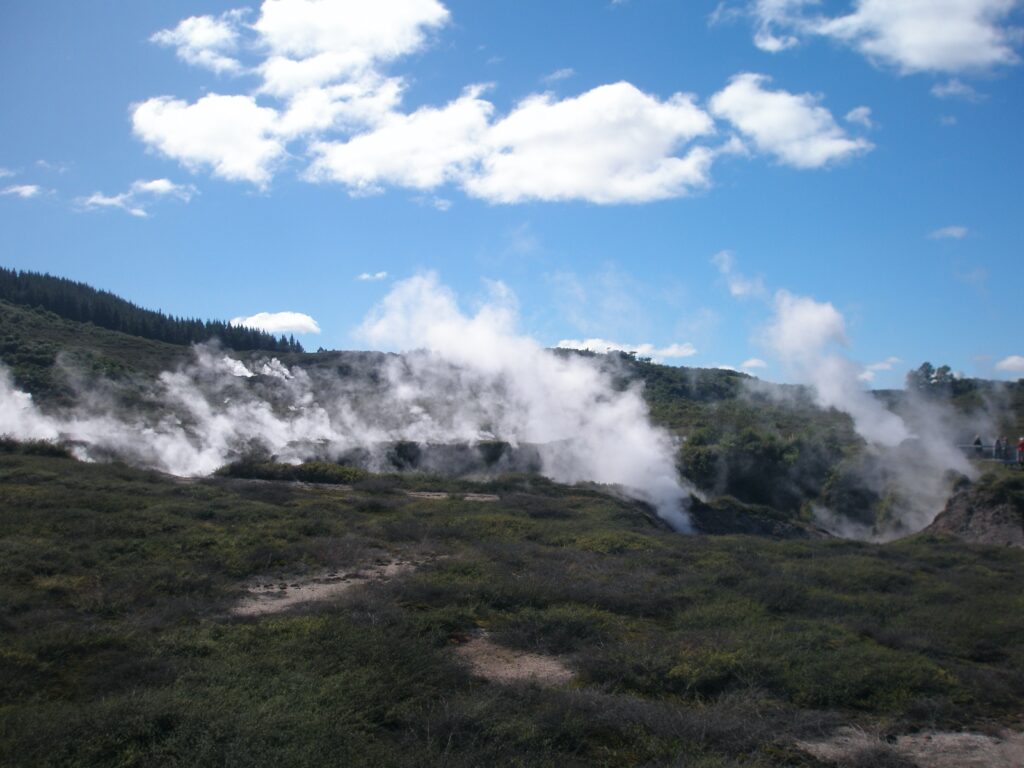
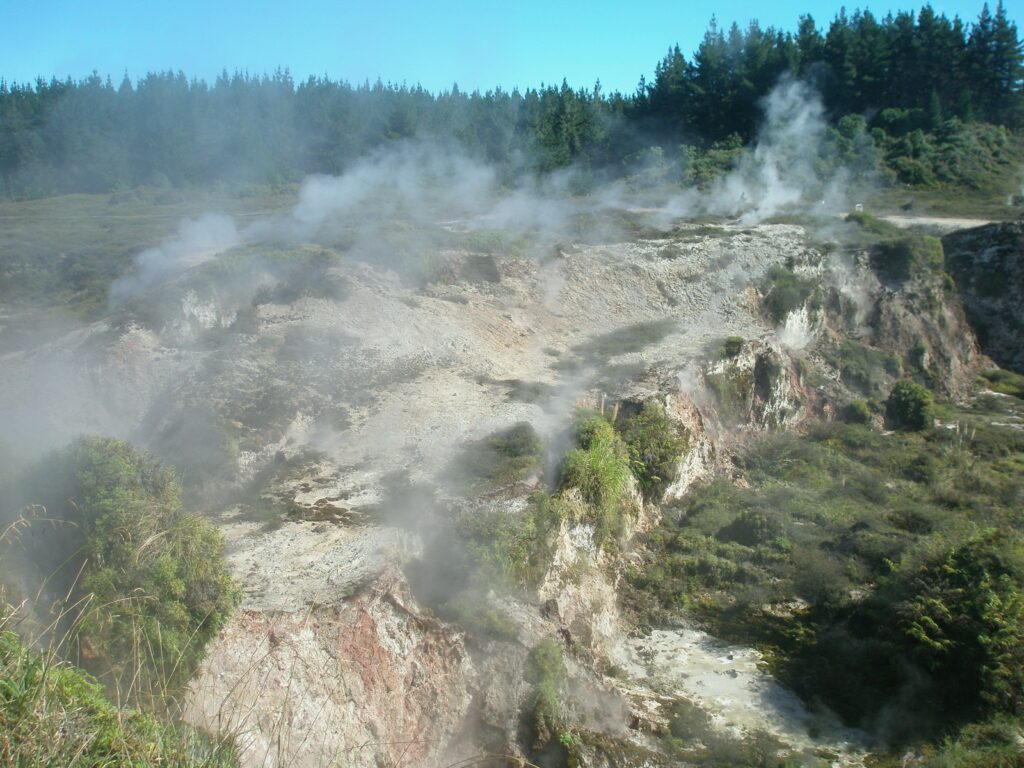

Queenstown – Tāhuna
Queenstown is a small but very popular touristy town in the centre of South Island. It’s a mecca for bungy jumping, fishing, jet skiing, mountain biking, paragliding, skiing, sky diving, snowboarding and whitewater rafting. The whole area is simply stunning and is a definite must-see should you be in the area.
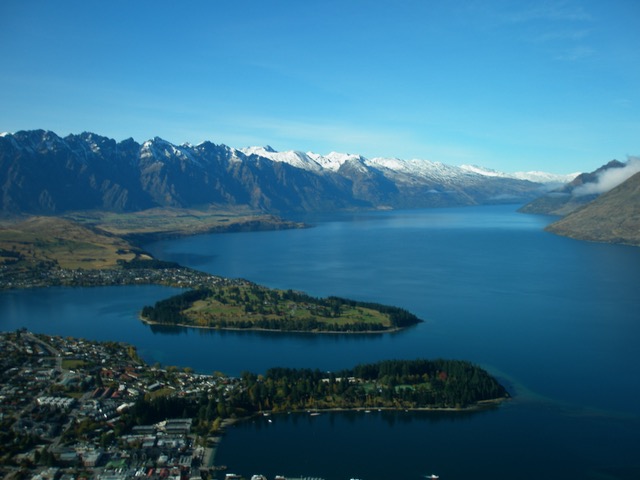
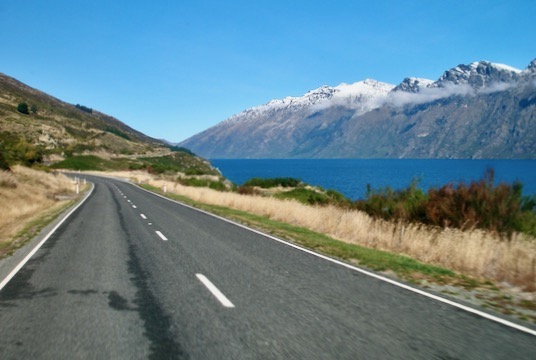
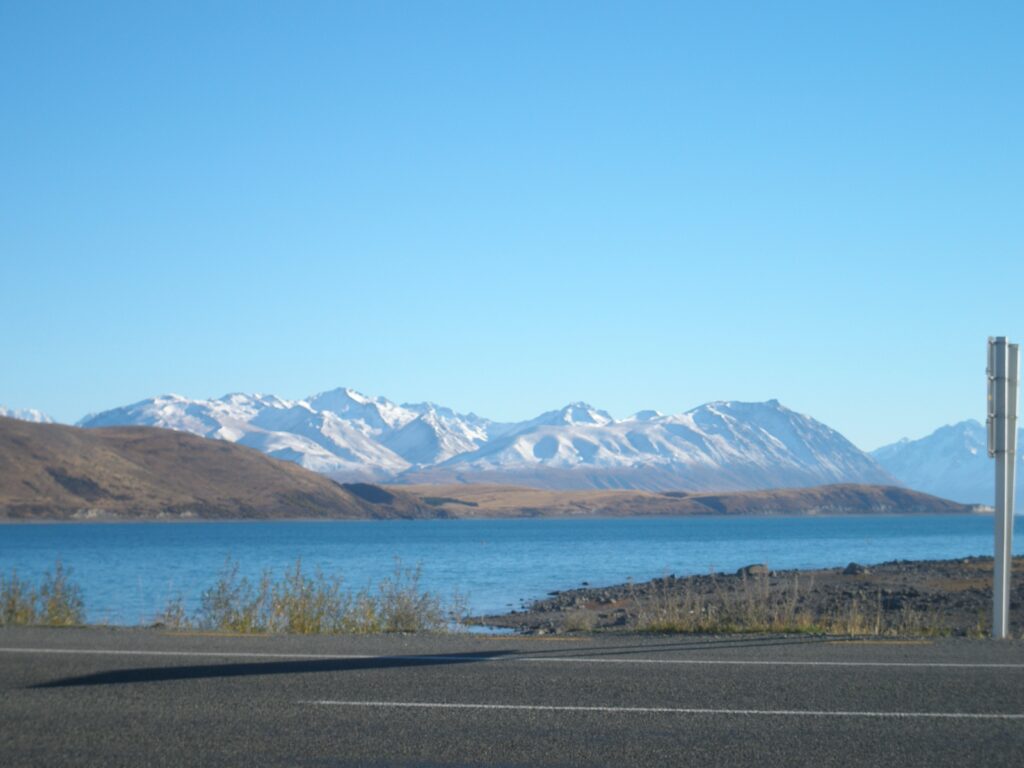

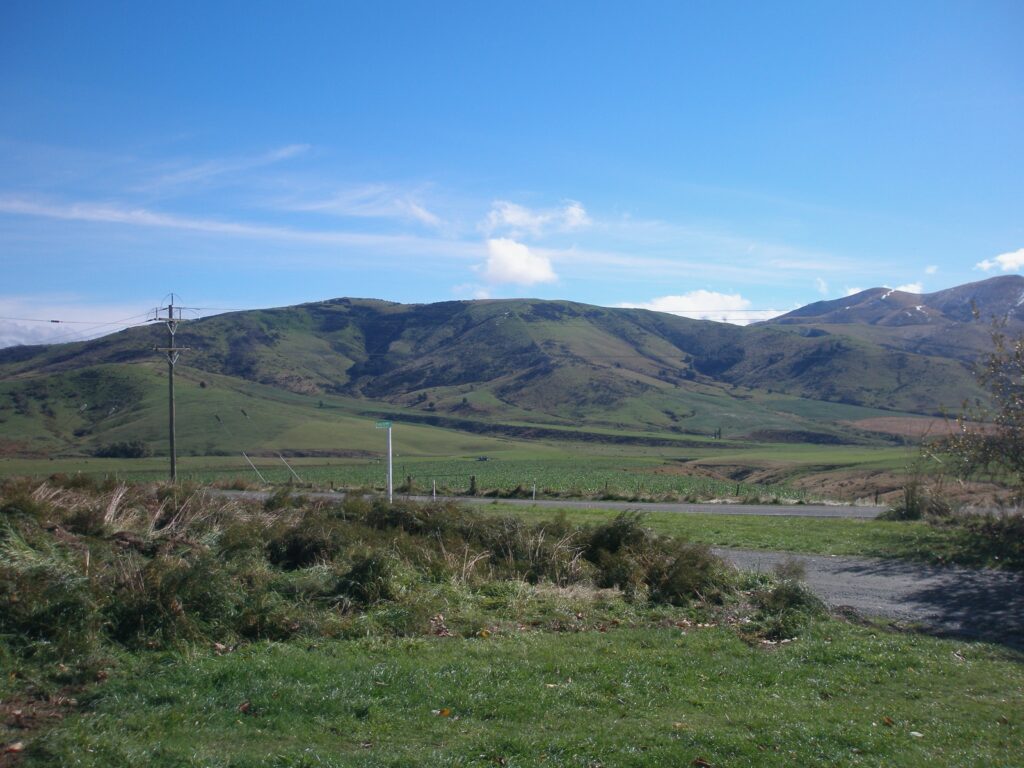
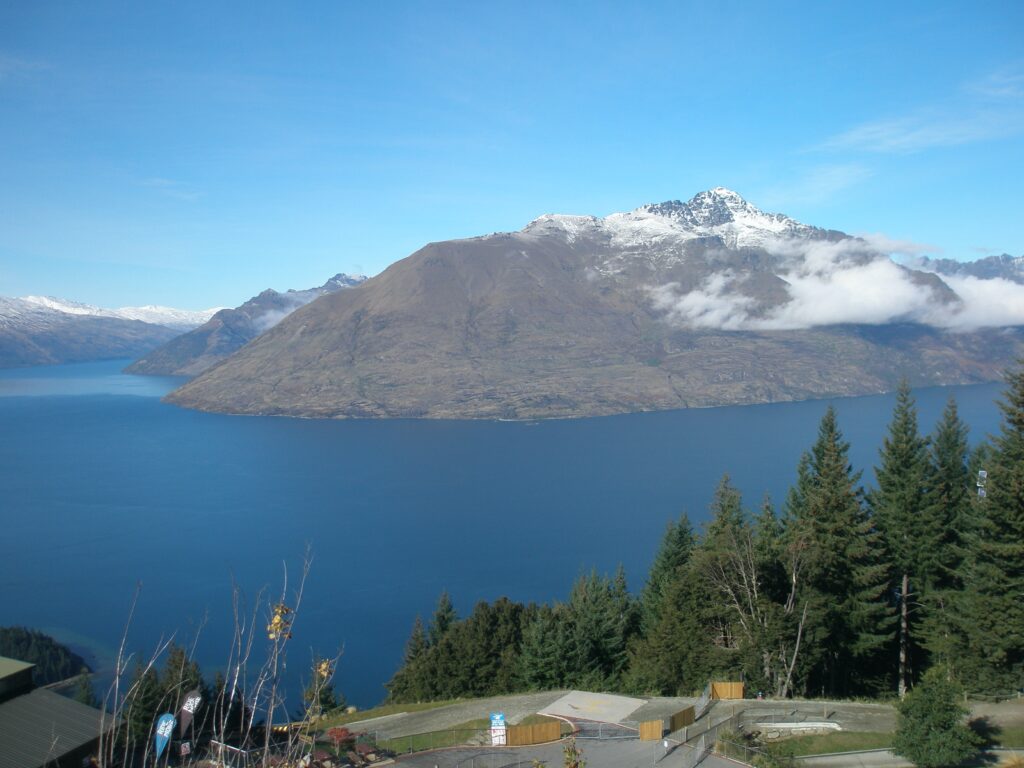

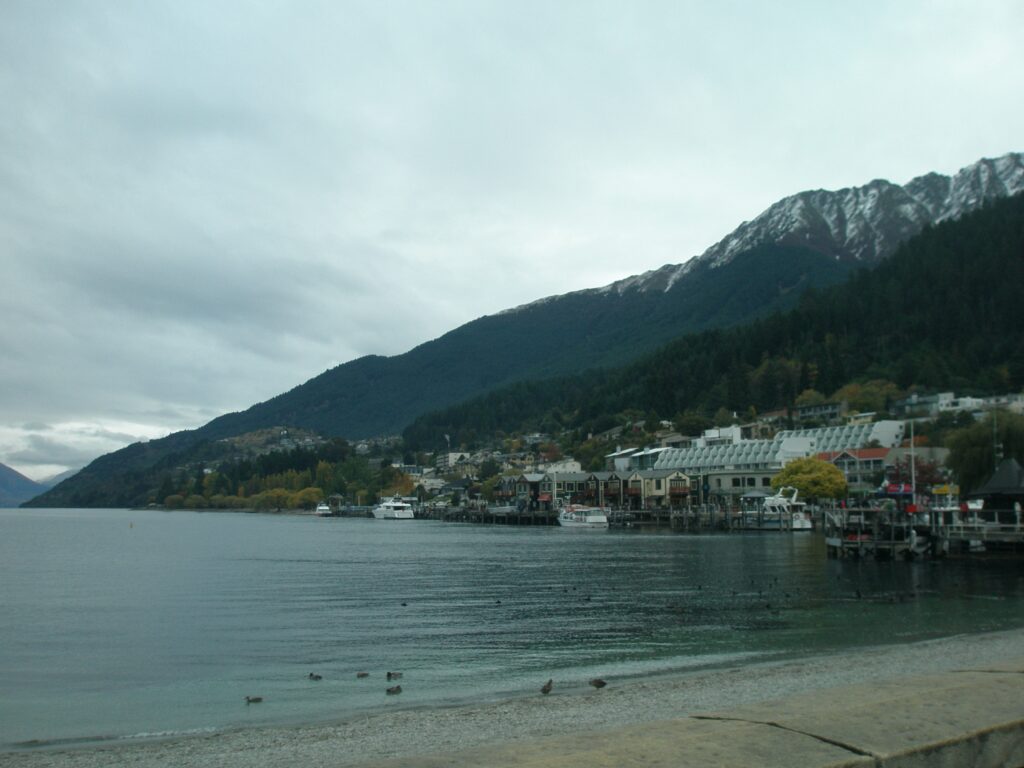
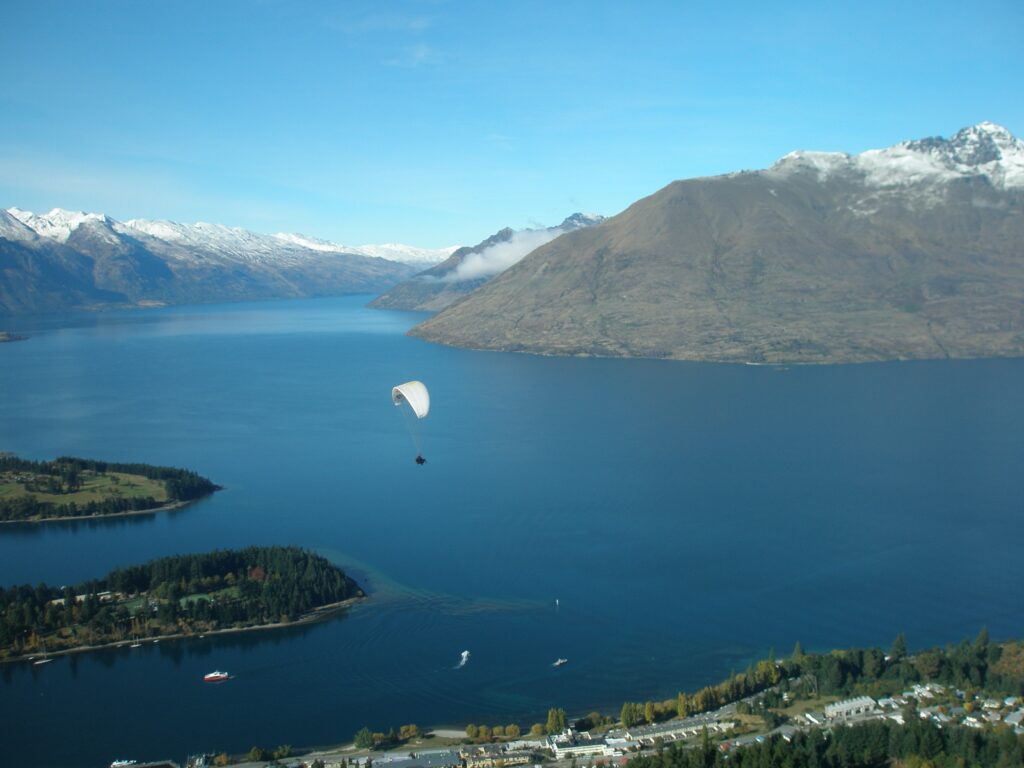
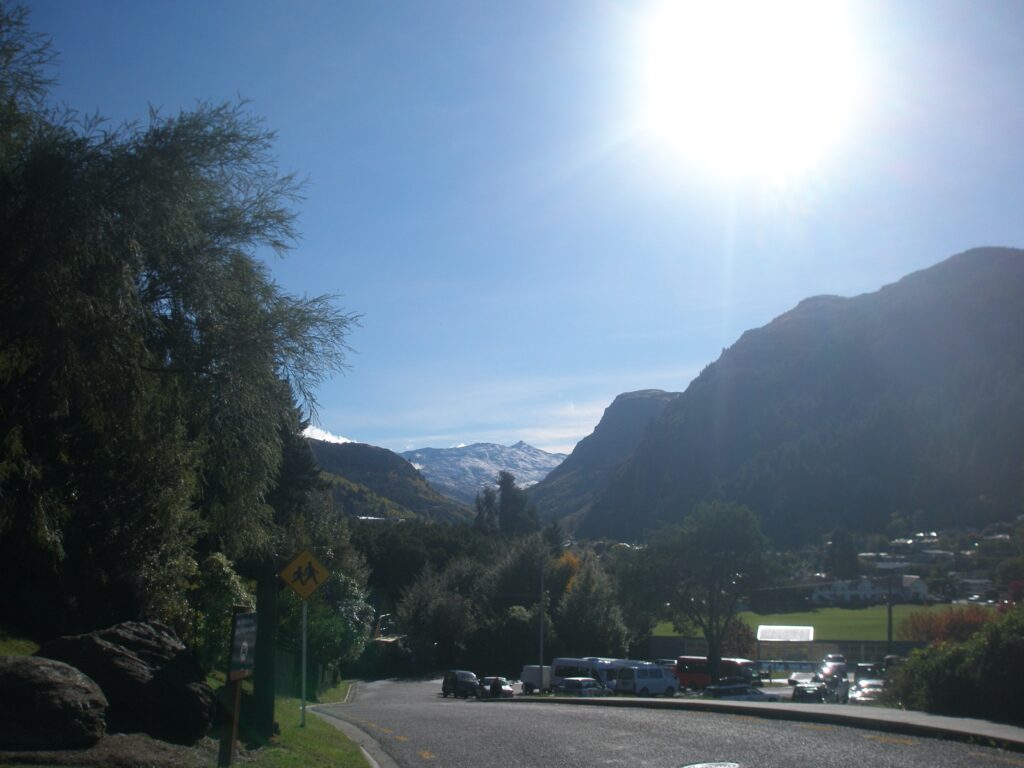


cable car
Tutukaka
Tutukaka is a very pretty and tranquil town in the north of North Island. There’s a lovely marina and excellent beaches that are never too busy and are great for swimming and snorkelling.
There is a stunning protected marine area called Poor Knights Island that lies 14 miles (22km) off the coast, that is definitely worth a visit. It’s excellent for diving, snorkelling and kayaking, The islands contain rock arches and sea caves, including Rikoriko Cave, the largest sea cave by volume in the southern hemisphere. At 430ft by 260ft (130m by 80m) and with a ceiling height of 115 ft (35m) and extending 85 ft (26m) below water, the opening is large enough for small boats to enter.
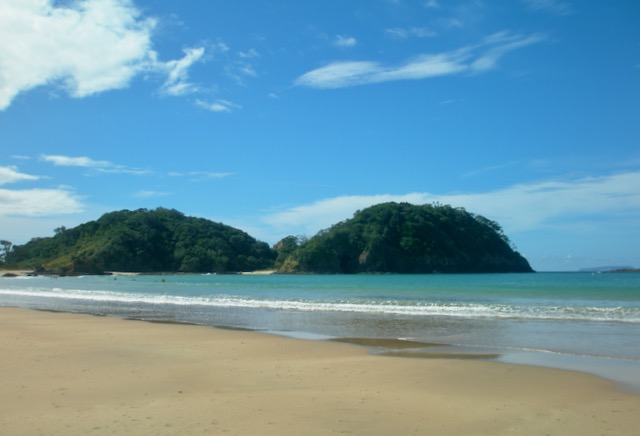



flowers last a long time
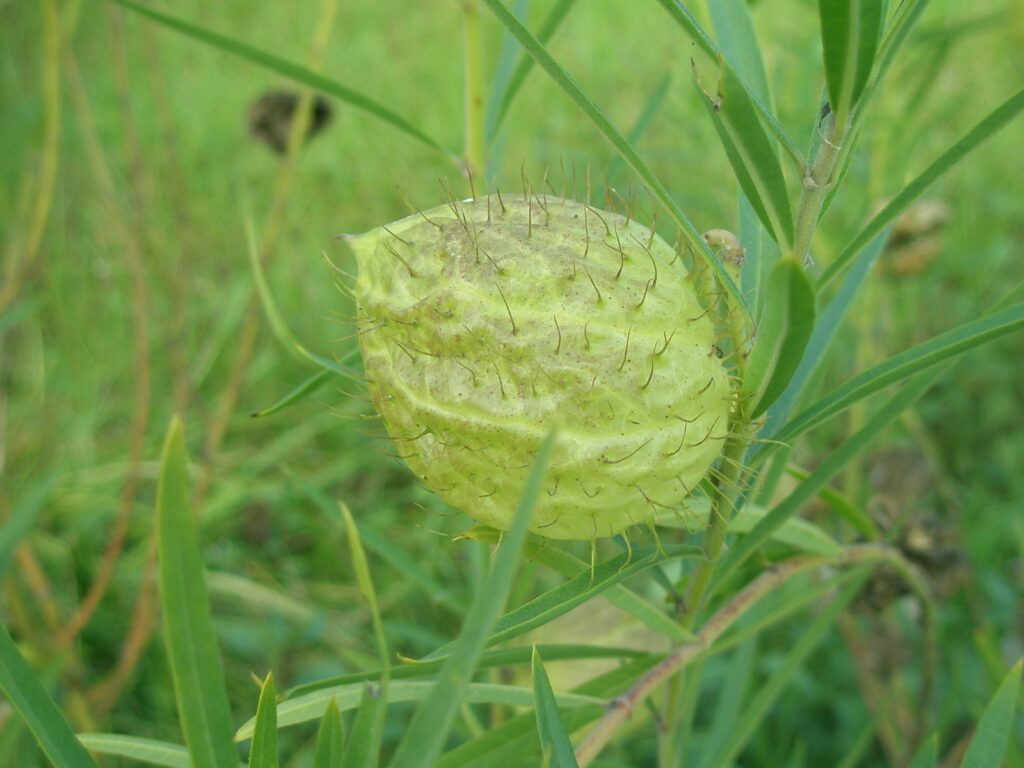
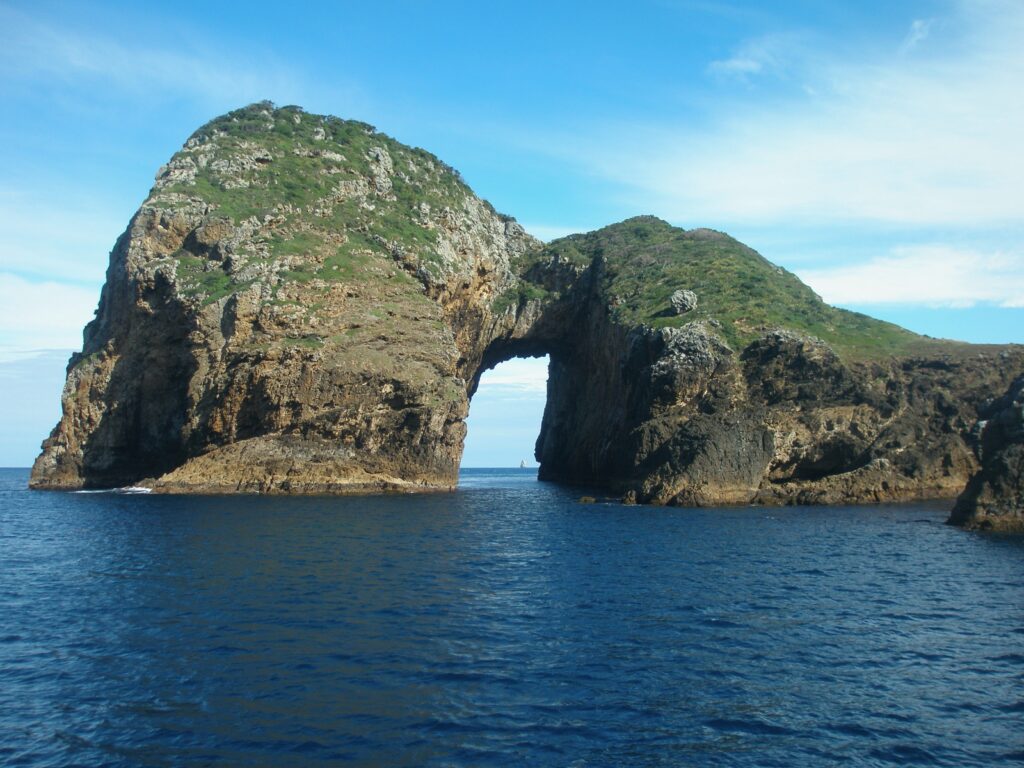
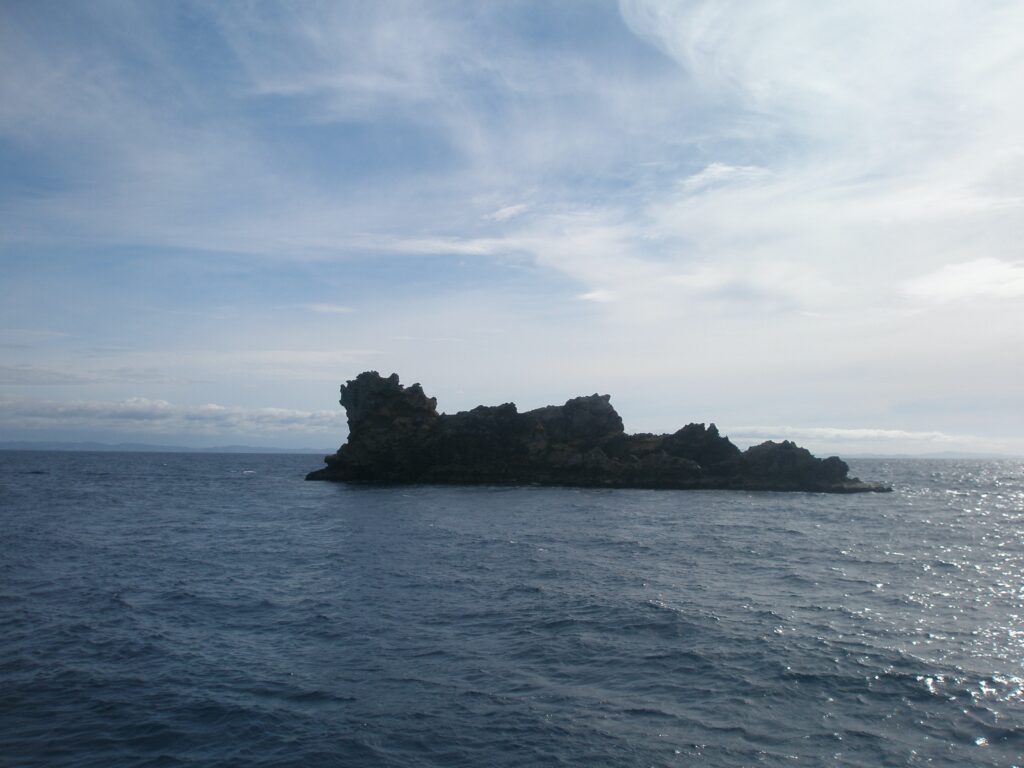
Wellington – Te Whanganui-a-Tara
Wellington is the capital of New Zealand, and the most southern capital city in the world. It’s also the windiest city in the world! That said, it’s a beautiful, small city that’s full of life and is super friendly. It’s located on the very south coast of North Island, and is surrounded by woodland covered hills.
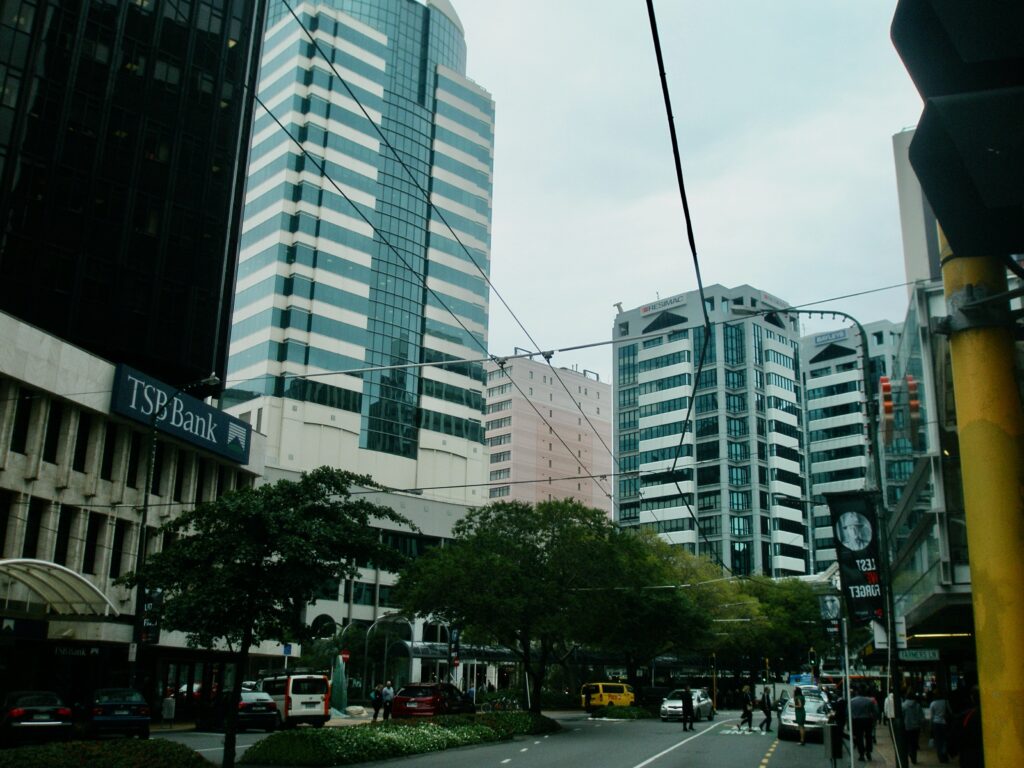

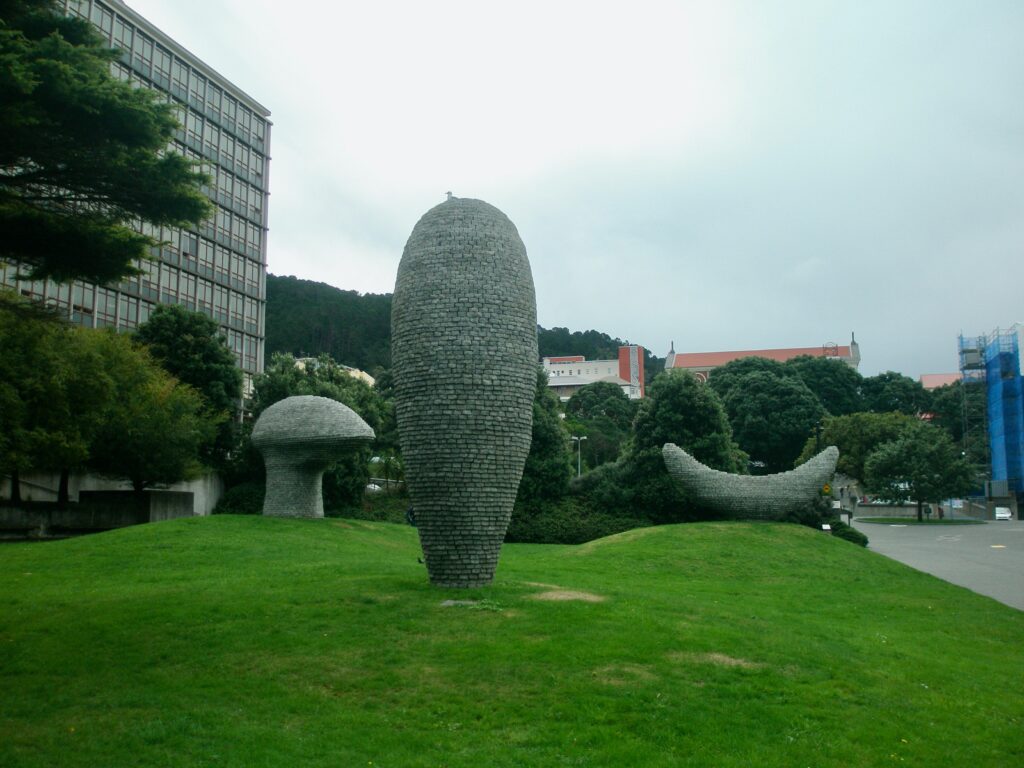
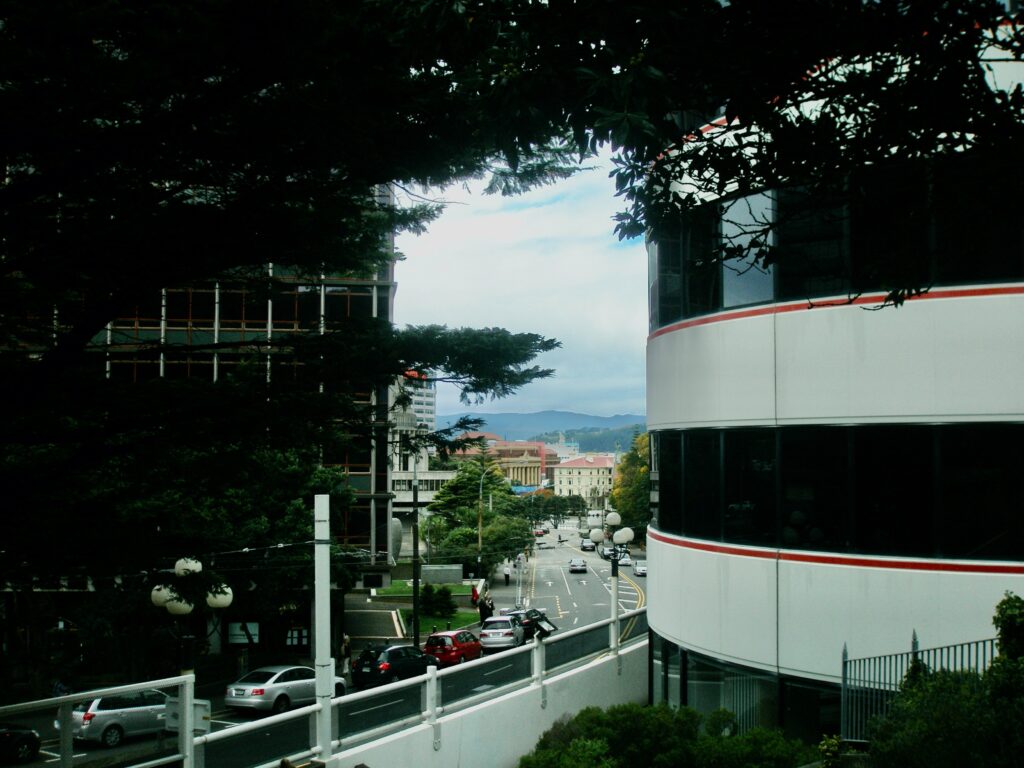
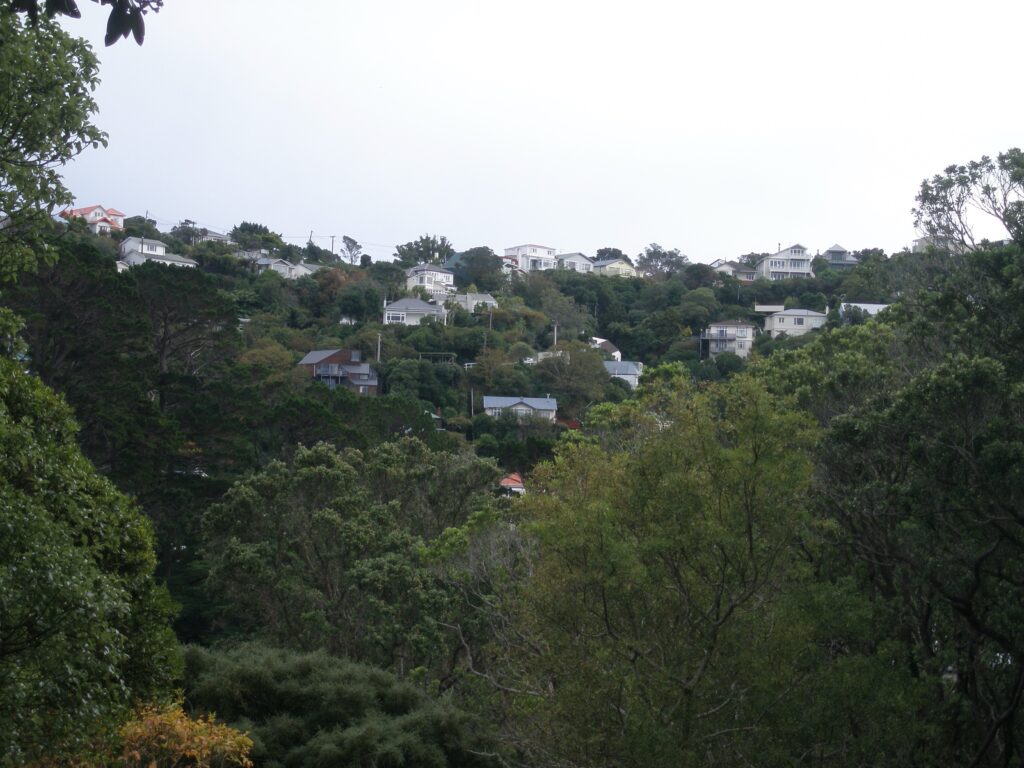
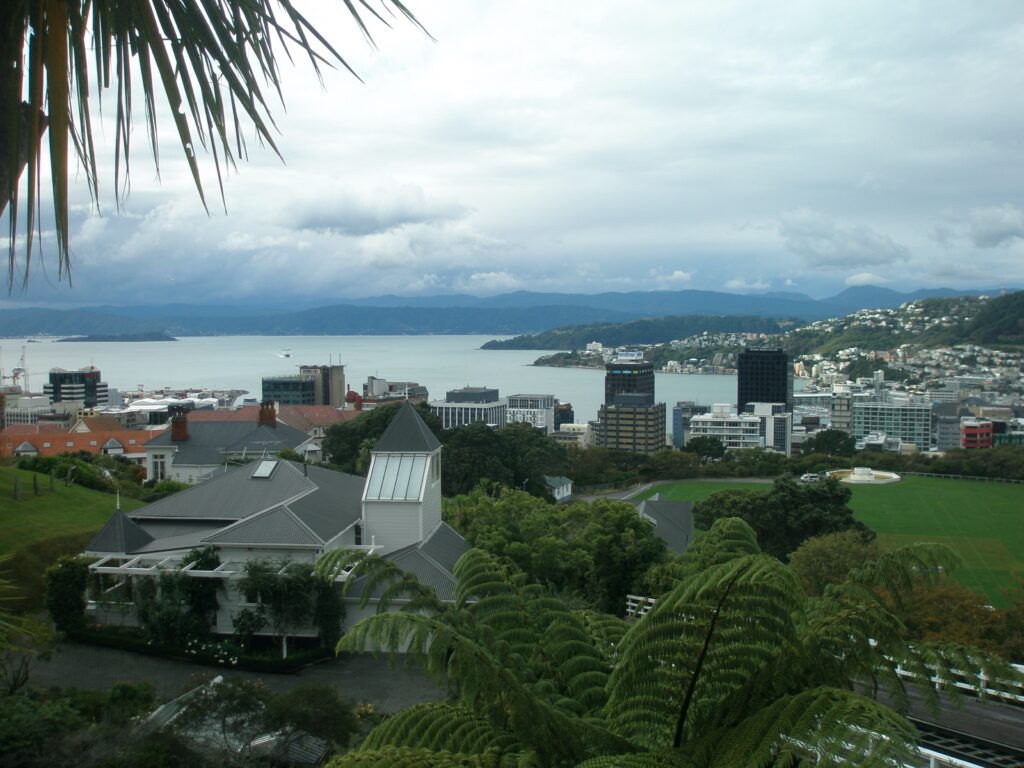
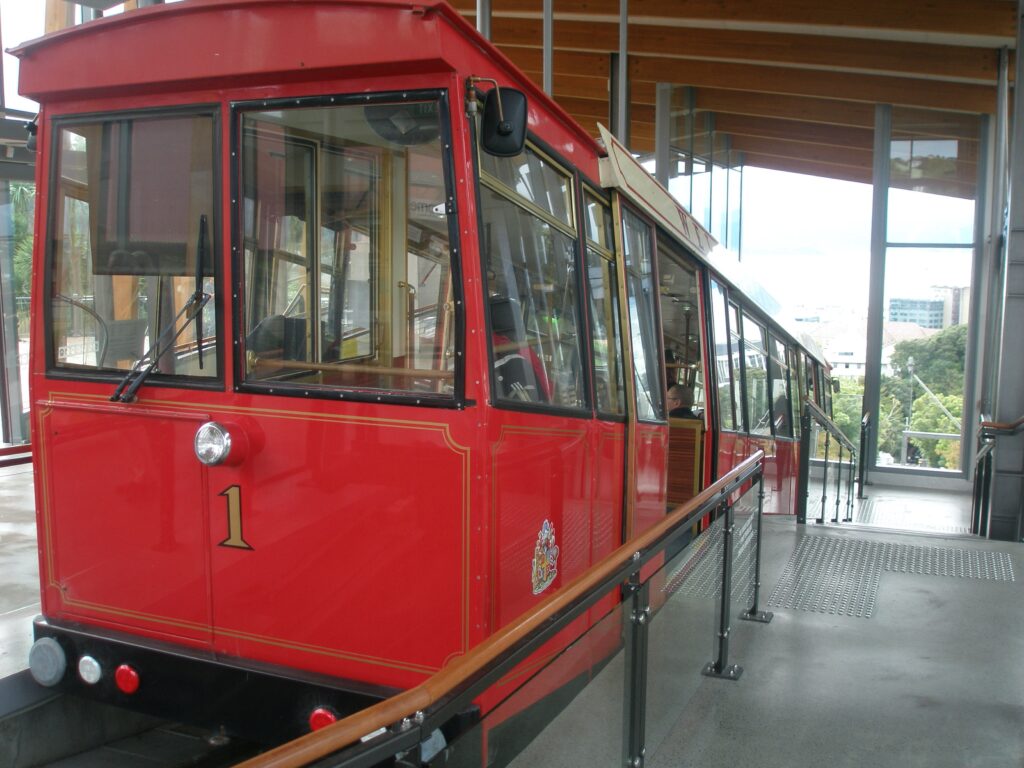


Whangārei – Whangārei-Terenga-Parāoa
Whangārei is a small city the the far north of North Island that serves as the main commercial centre for all of the surrounding towns in the area. there’s a pretty marina with numerous cafes and restaurants, and just outside of the city lies the Whangārei Falls, an 85ft ( 26m) waterfall surrounding by lovely woodland walks – well worth a visit.



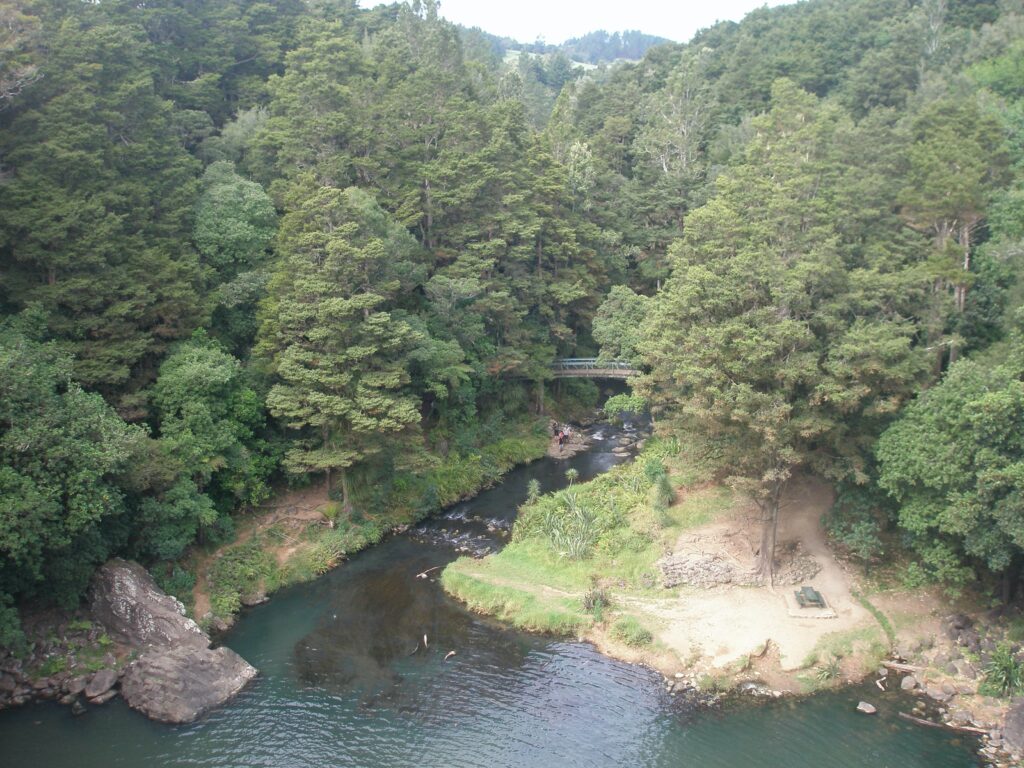
What’s it like to drive in New Zealand?
They drive on the left hand side of the road in New Zealand. A Carnet de Passages is required to overland in New Zealand.
For the most part driving there is a fairly laid-back affair. All around both main islands, you can make good time, as there just aren’t that many cars. People tend to travel fairly slowly compared with the UK. In the cities, traffic can become congested, although traffic jams don’t last long. Wellington is tiny and we found that we couldn’t get lost if we’d tried!
Often when travelling about, we almost forgot where we were, as the landscape is so similar to e.g. Scotland or Wales or the UK lake district. Though it’s definitely more dramatic in places, and some parts are truly stunning – enough to stop you in your tracks!
We’ve also created a dedicated page to driving abroad, which you might find helpful 🙂
What currency do they use in New Zealand?
In New Zealand they use the New Zealand dollar. The use of credit / debit cards is now widespread. Travellers cheques are accepted. There are lots of ATMs.
You should make yourself aware of the amount that your bank charges you for using credit and debit cards abroad. Often credit cards are cheaper for purchasing items directly, and for withdrawing cash from ATMs.
What language do they speak in New Zealand?
They speak English in New Zealand, although Māori is the official language.
What time zone is New Zealand in?
Remember, when you’re planning your next trip to take a look at what time zone it’s in.
Do I need a visa to visit New Zealand?
We’ve created a dedicated, more comprehensive page on visas, which you should find helpful. Check it out!
Is wild camping legal in New Zealand?
Yes, wild camping is fine in New Zealand, although you should avoid national parks and natural reserves.
What plug / socket type do they use in New Zealand?

In New Zealand they use plug / socket type I.
Health issues in New Zealand
Is it safe to drink water in New Zealand?
Yes it’s safe to drink tap water throughout New Zealand.
What vaccinations are required for New Zealand?
This NHS website is kept up to date with all relevant information on vaccinations in New Zealand.
Phones in New Zealand
What is the country calling code for New Zealand?
The country calling code for AustNew Zealandralia is +64
What are the emergency phone numbers in New Zealand?
- The emergency number for police in New Zealand is: 111 / 112 / 911
- In New Zealand, the emergency number for ambulance is: 111 / 112 / 911
- The emergency number for fire in New Zealand is: 111 / 112 / 911
If you’ve got some useful info that you’d like to share, let us know!
And don’t forget to check out all the other pictures!
